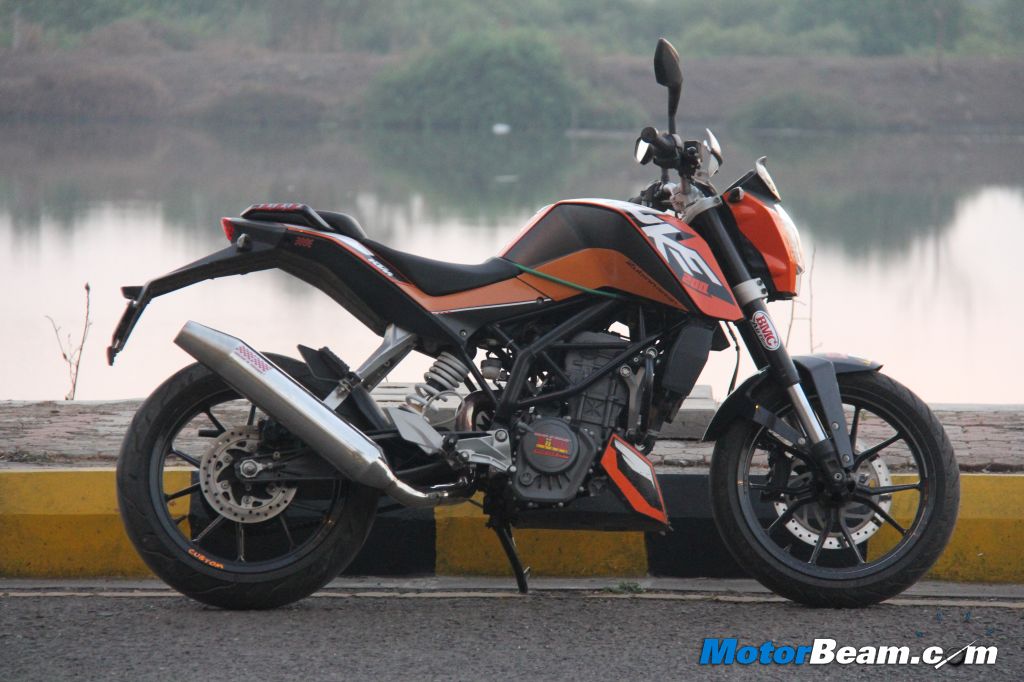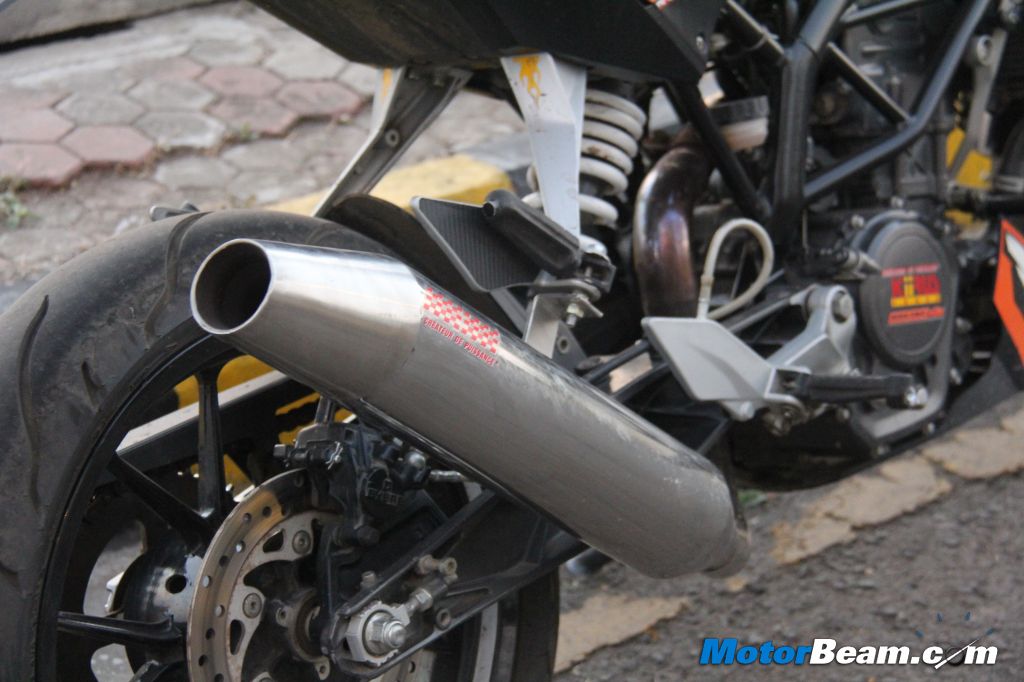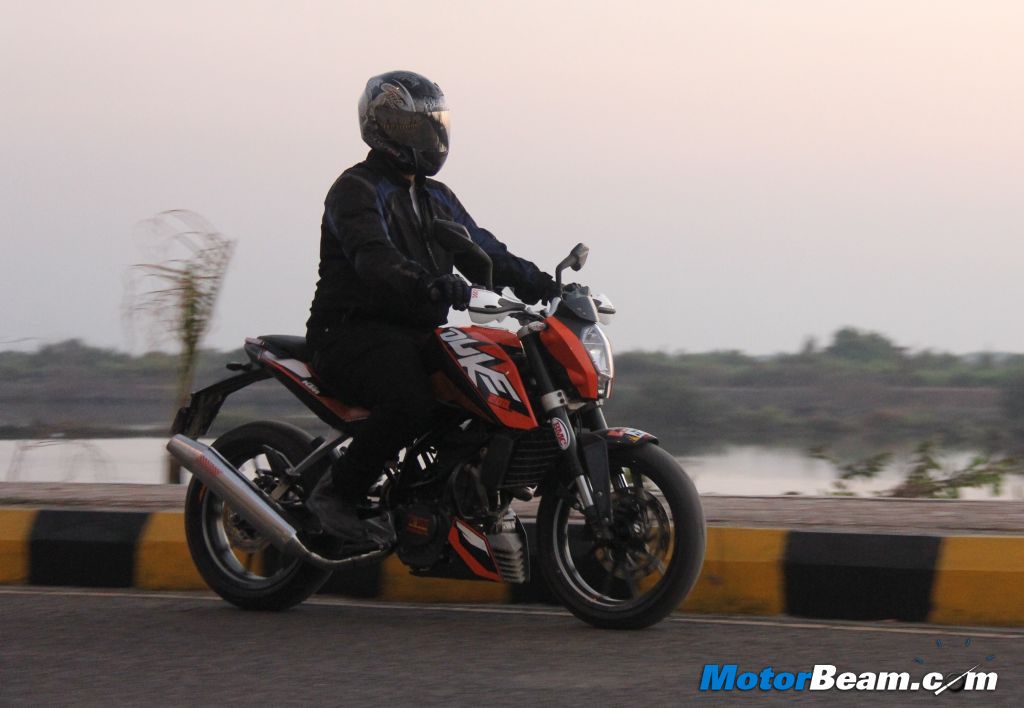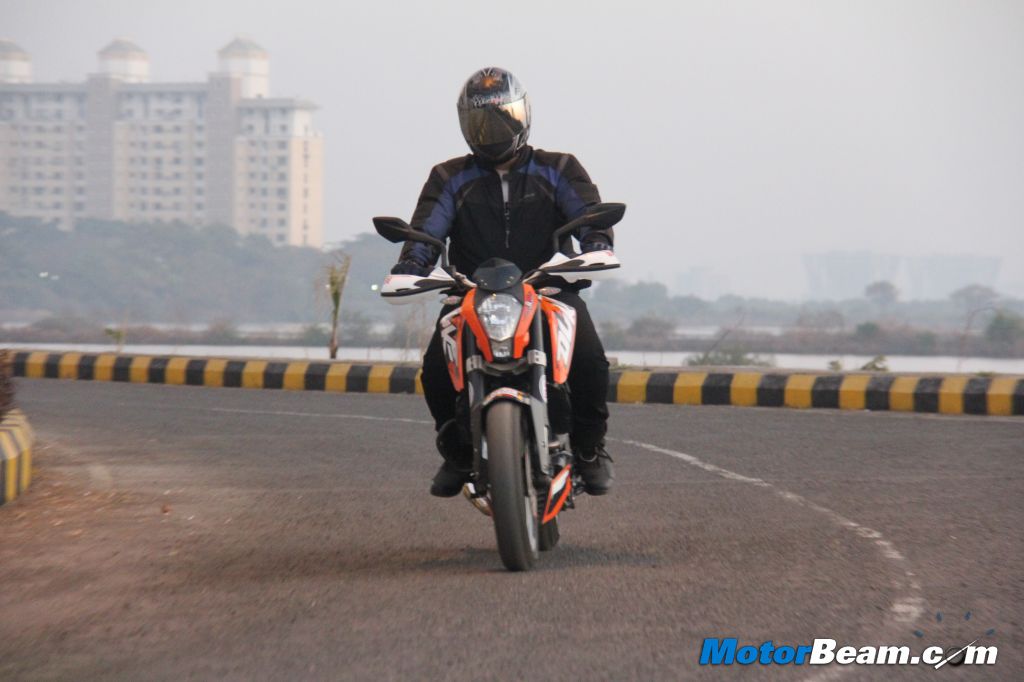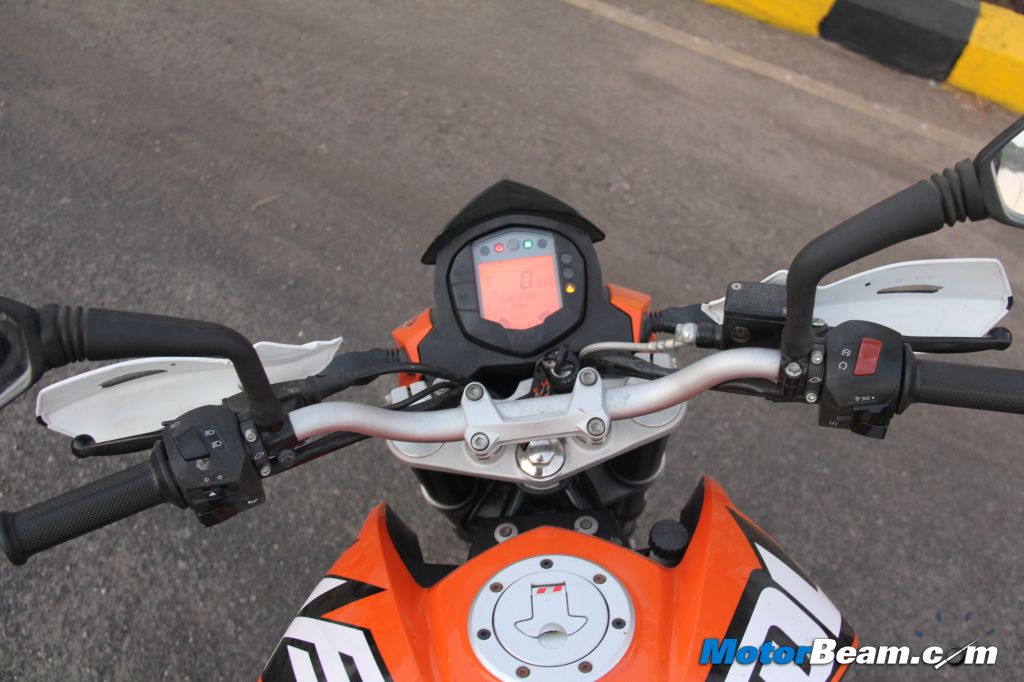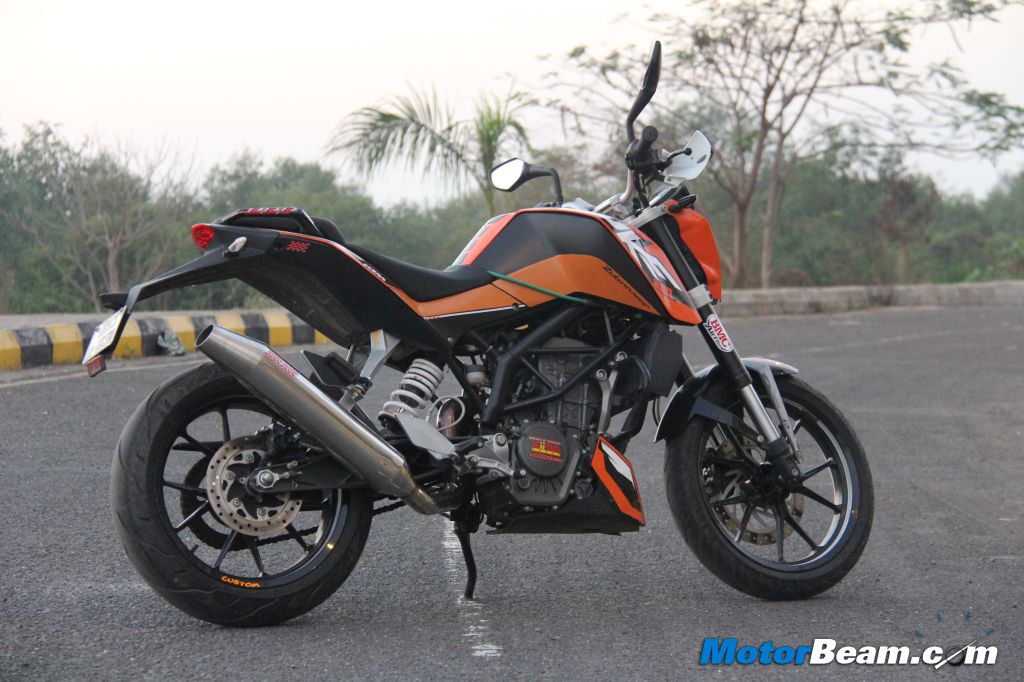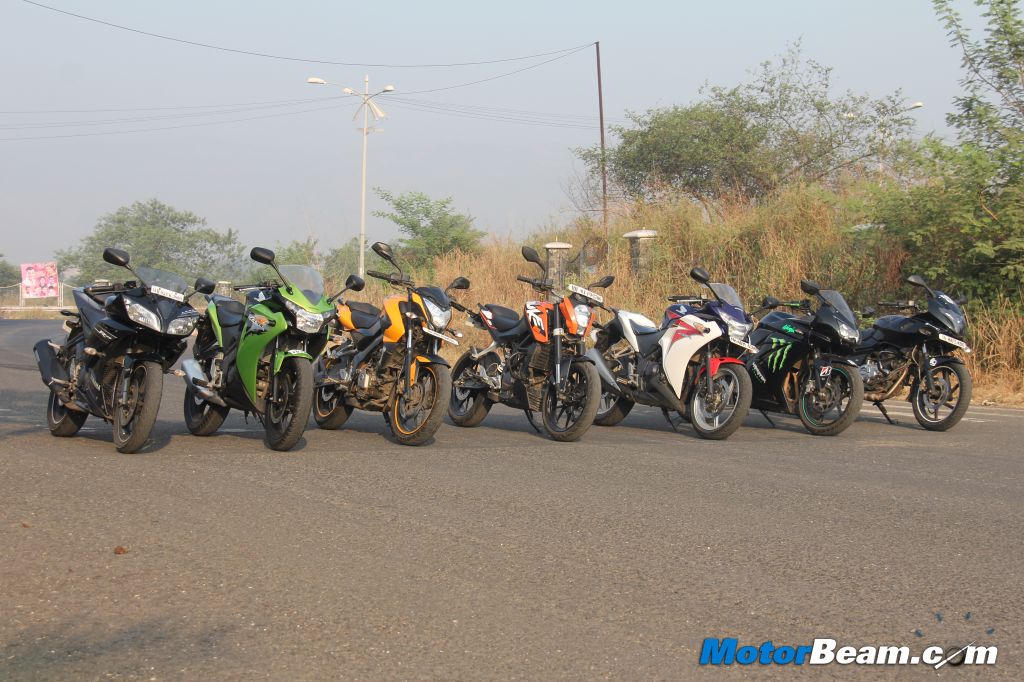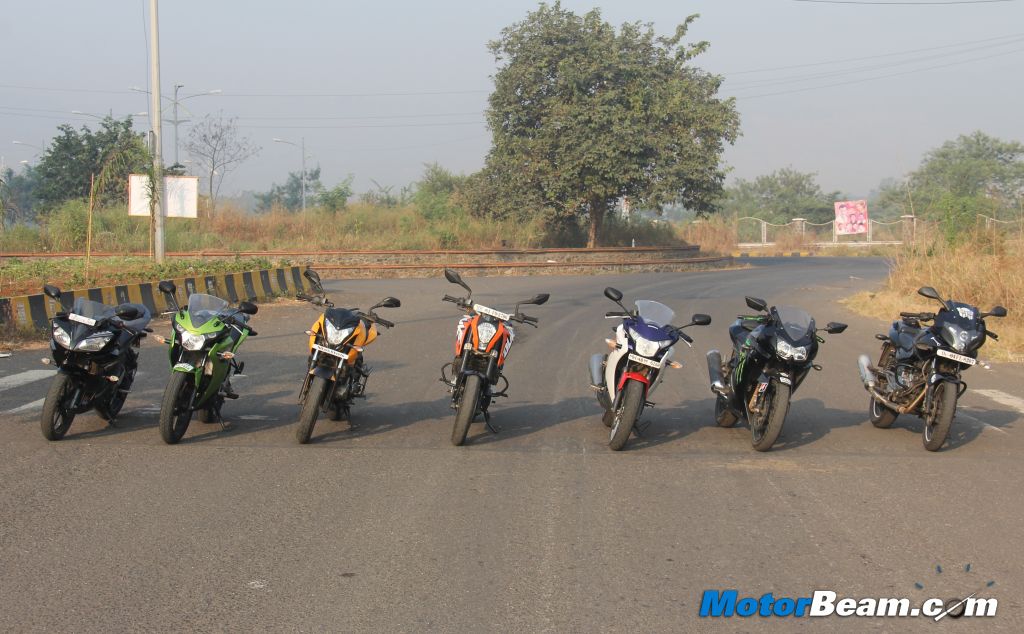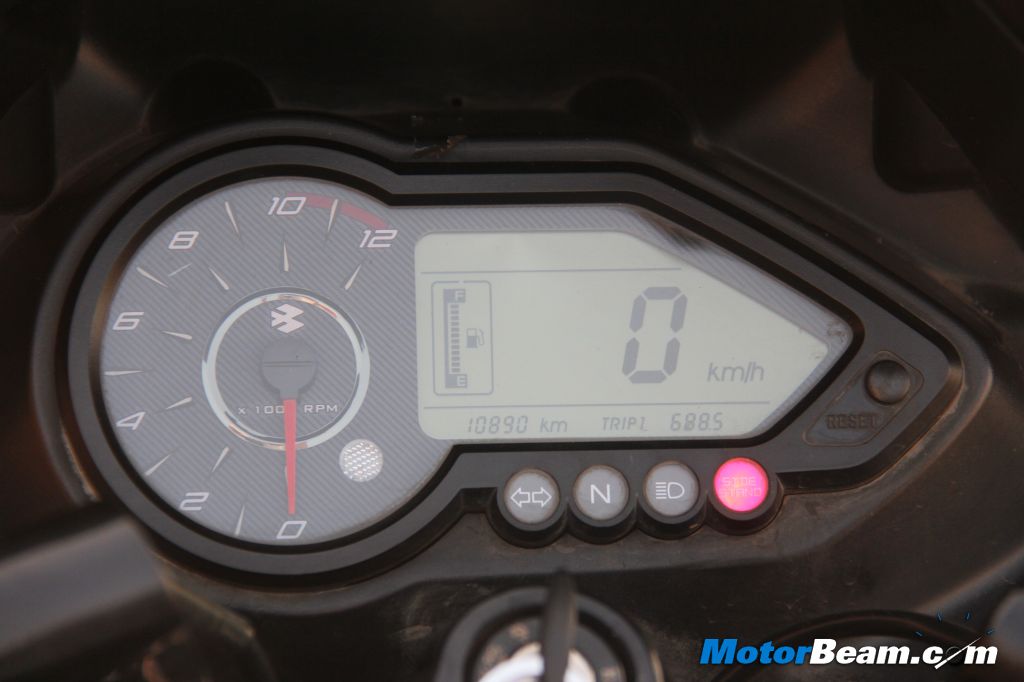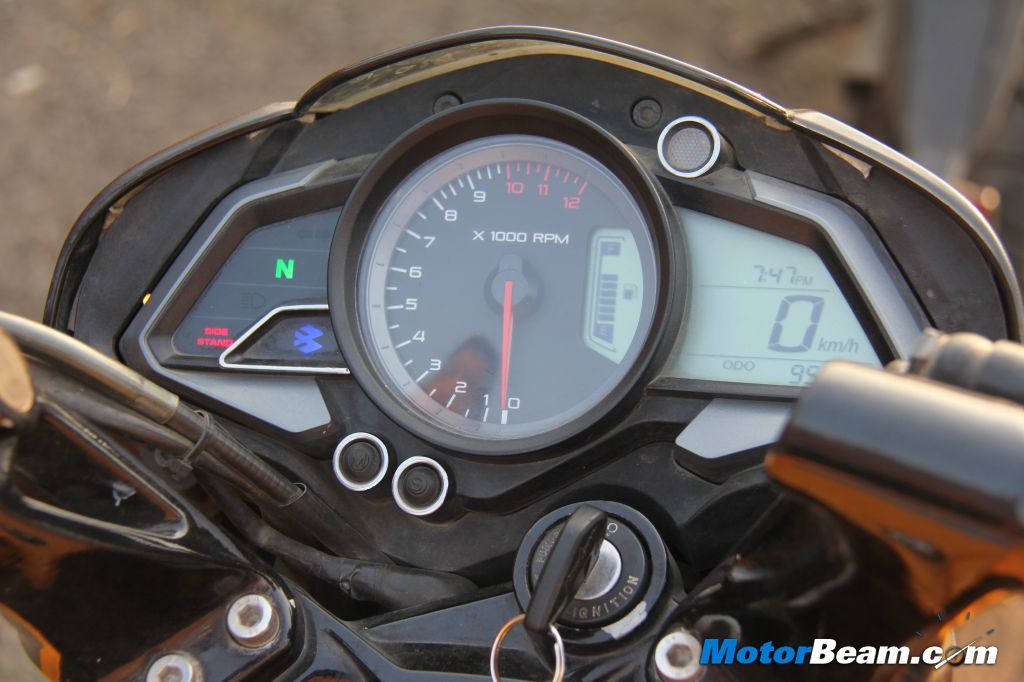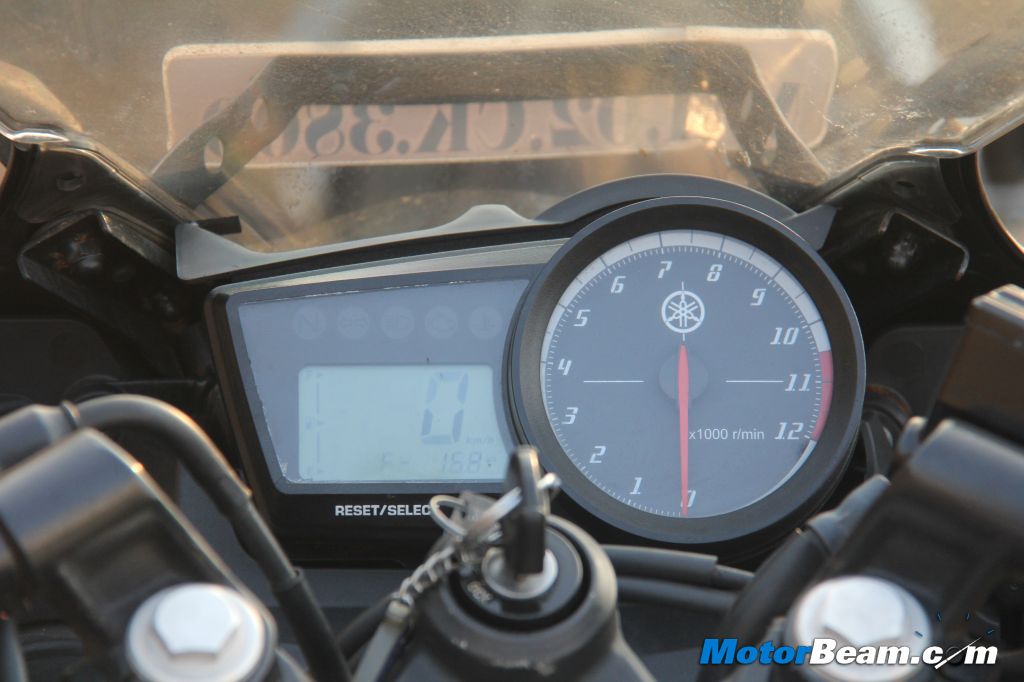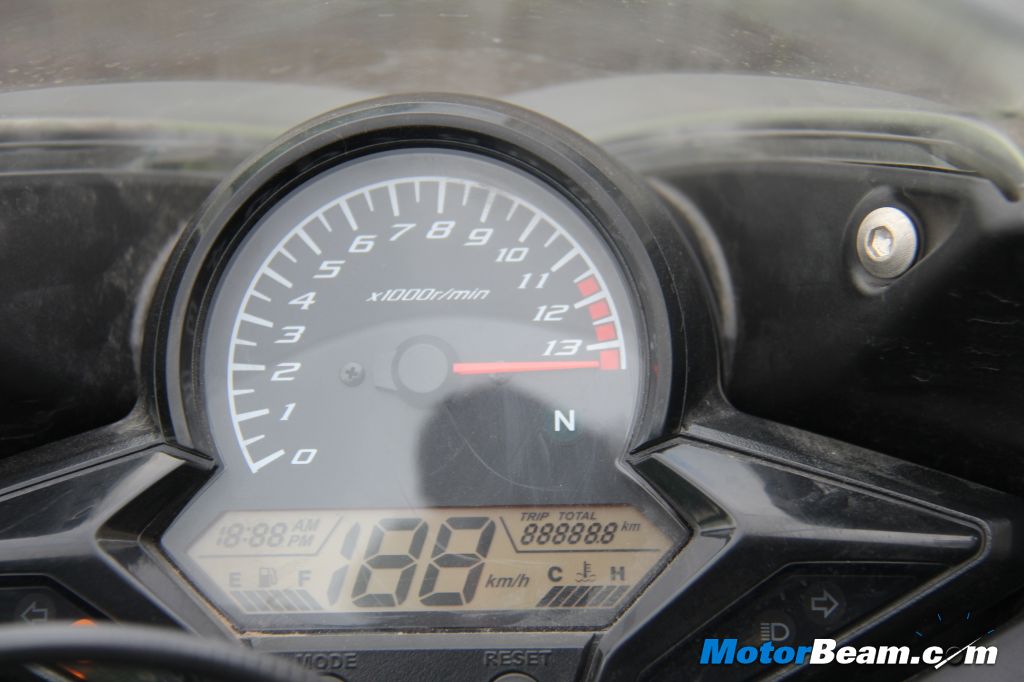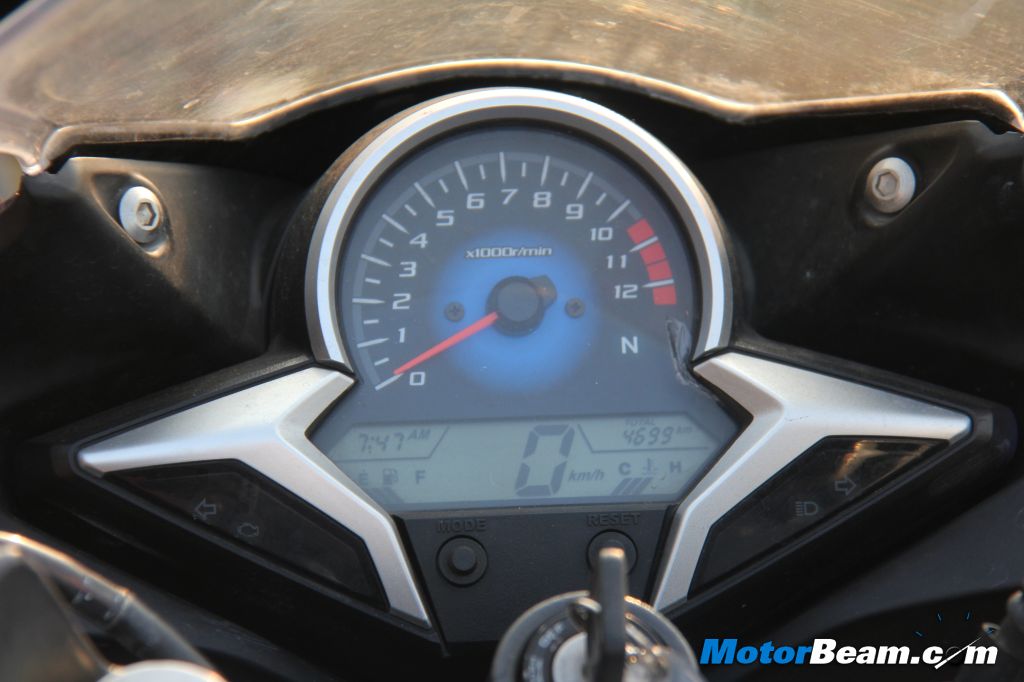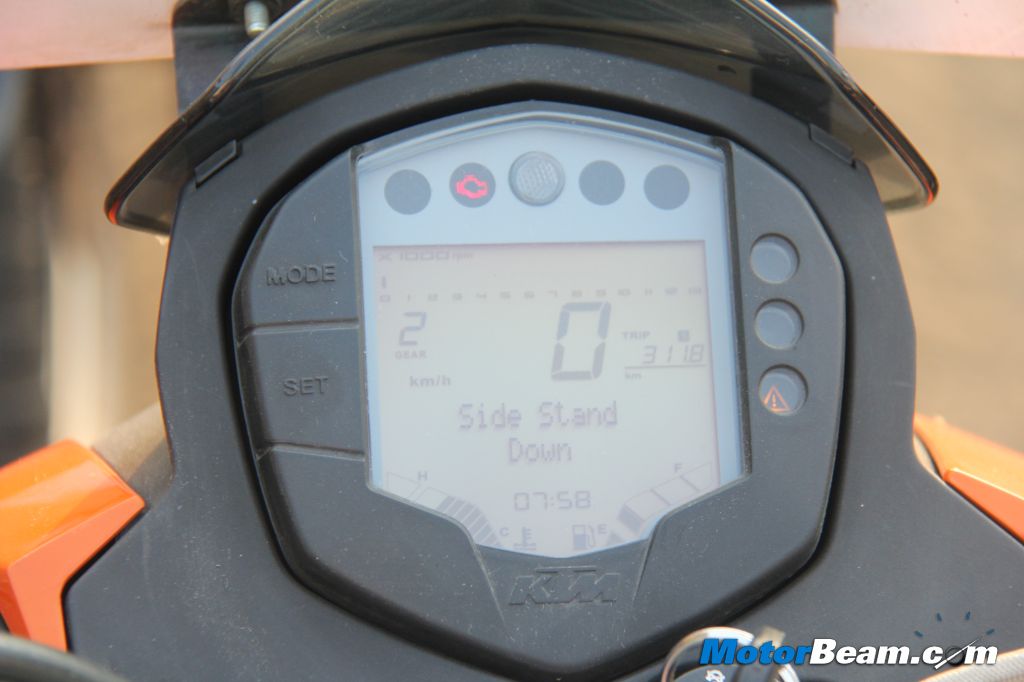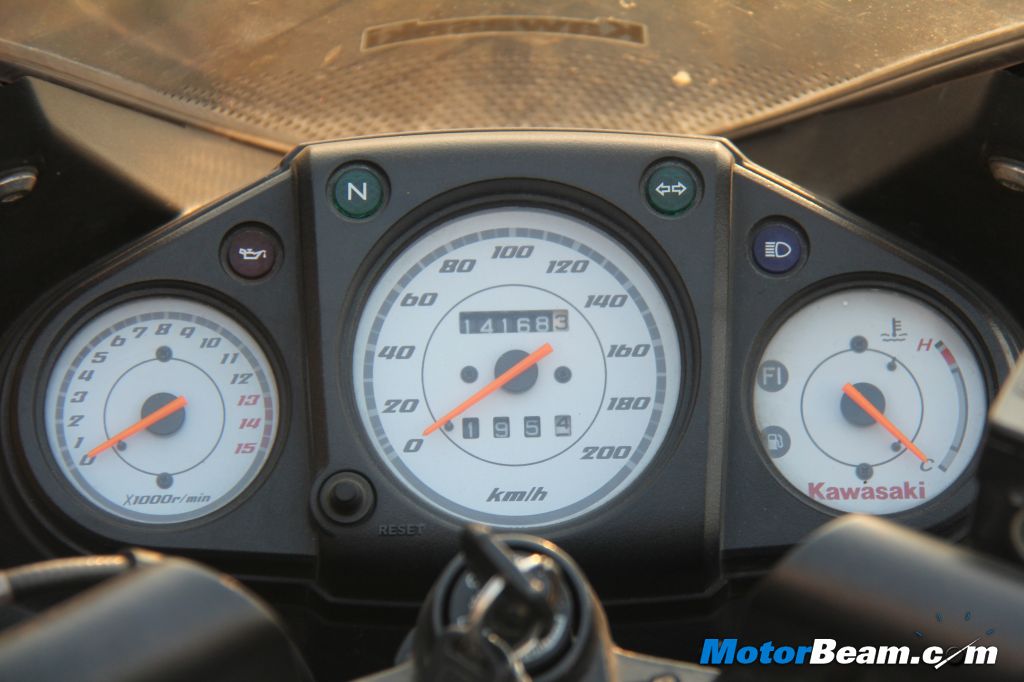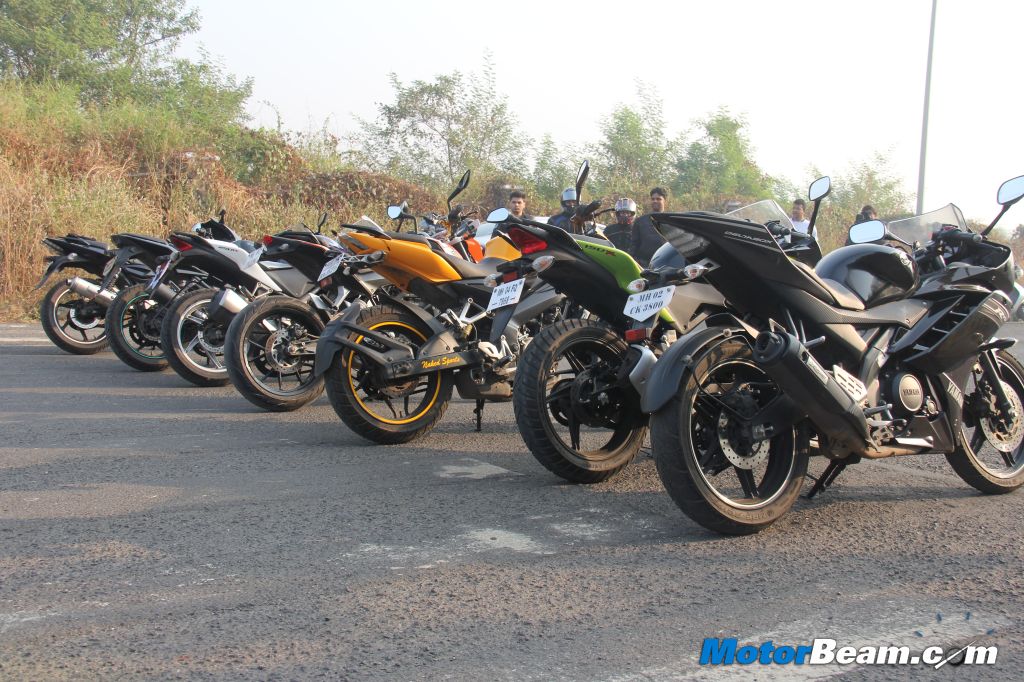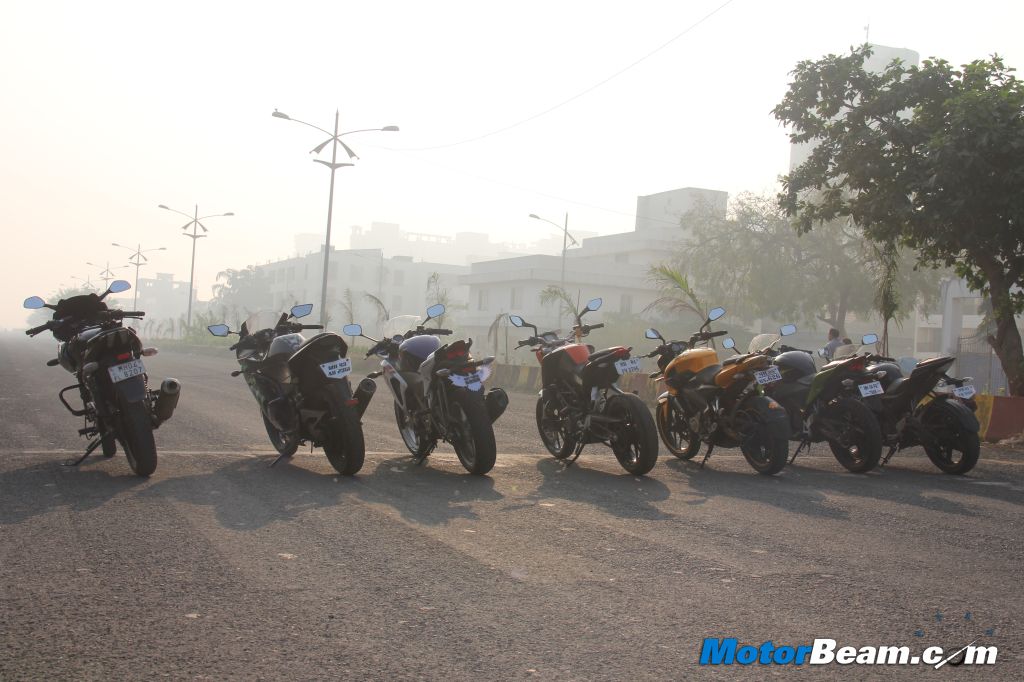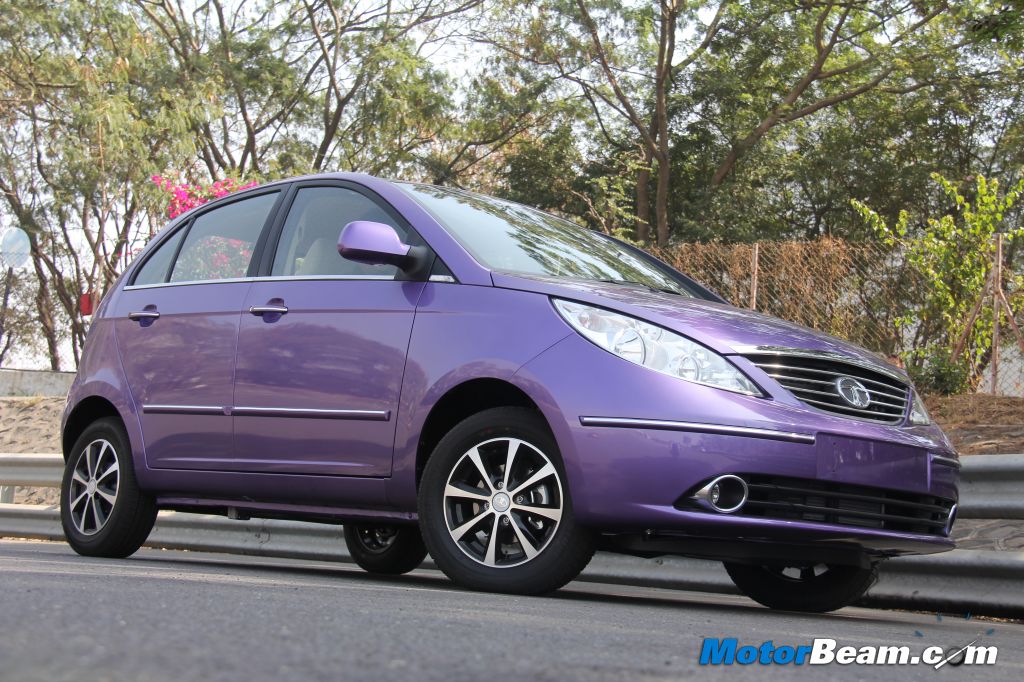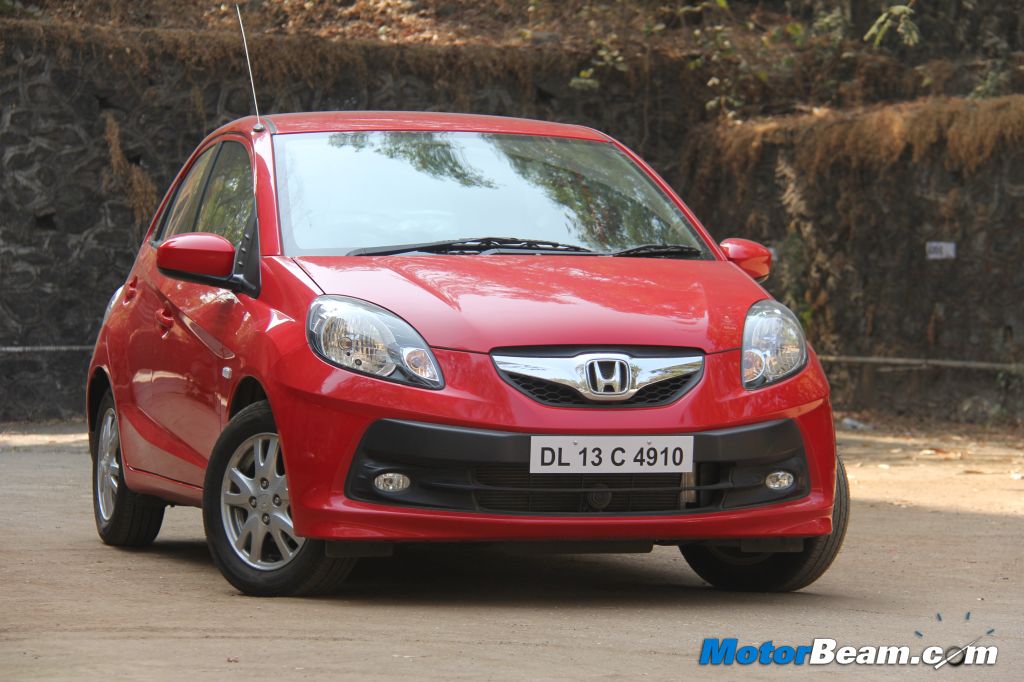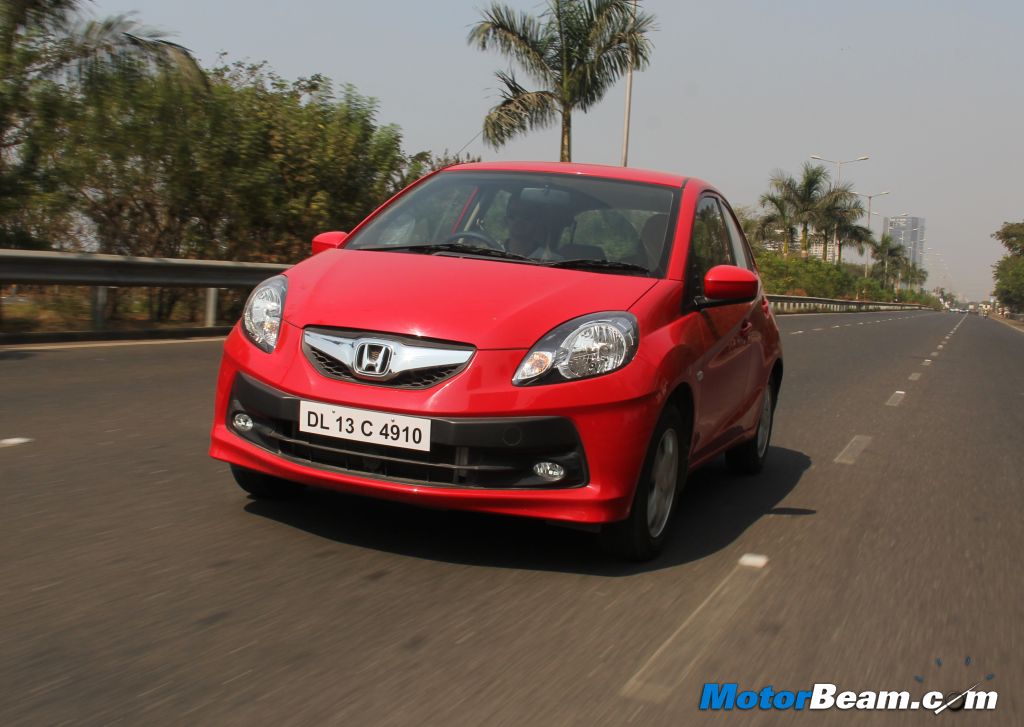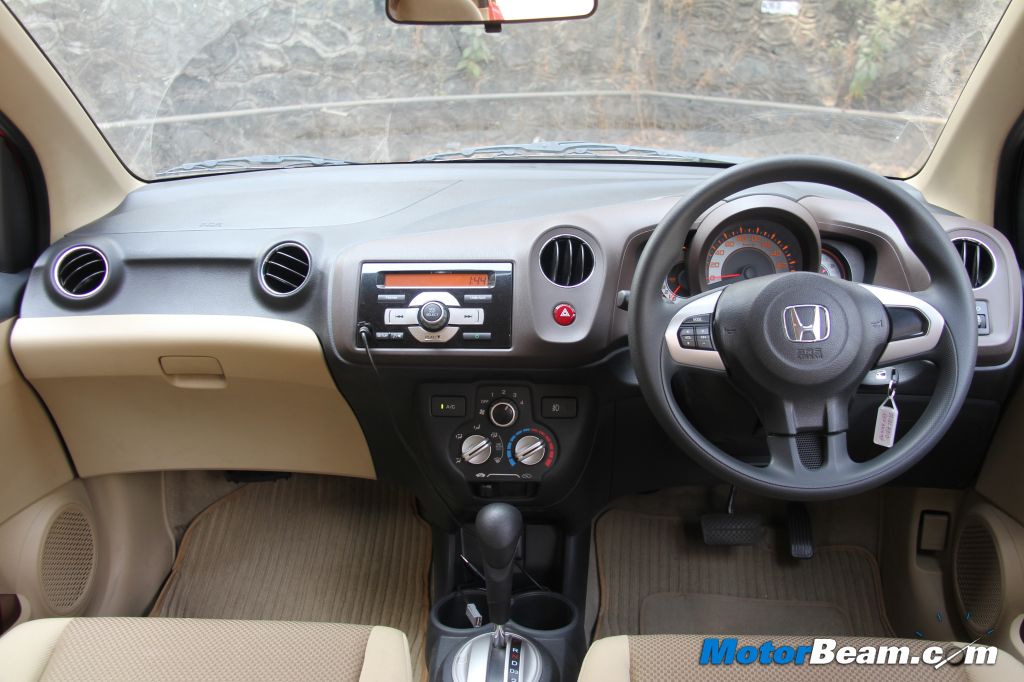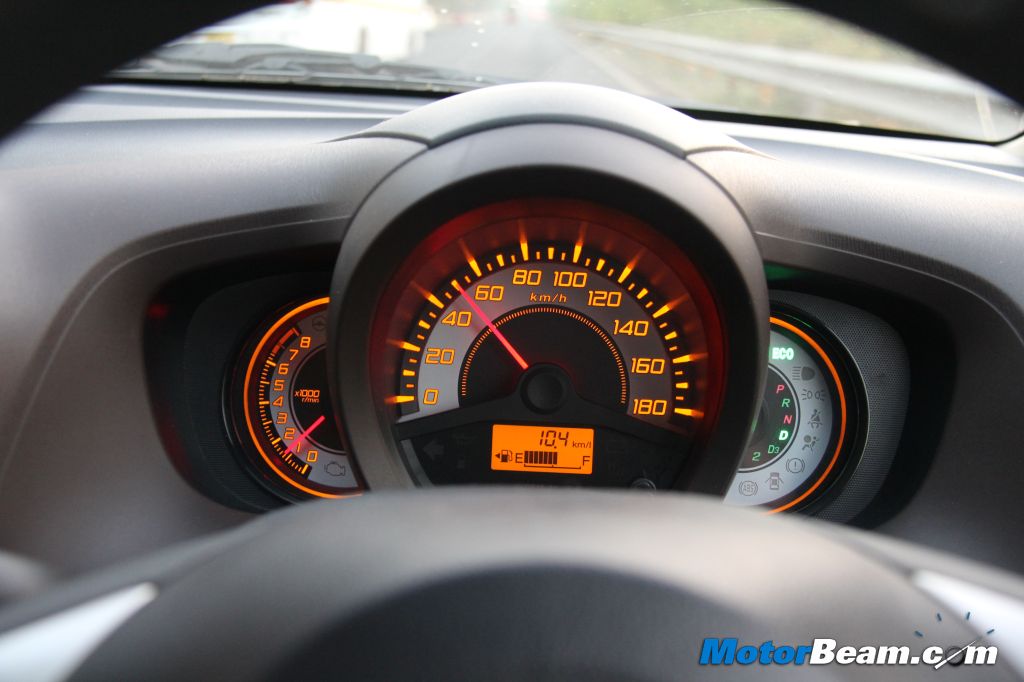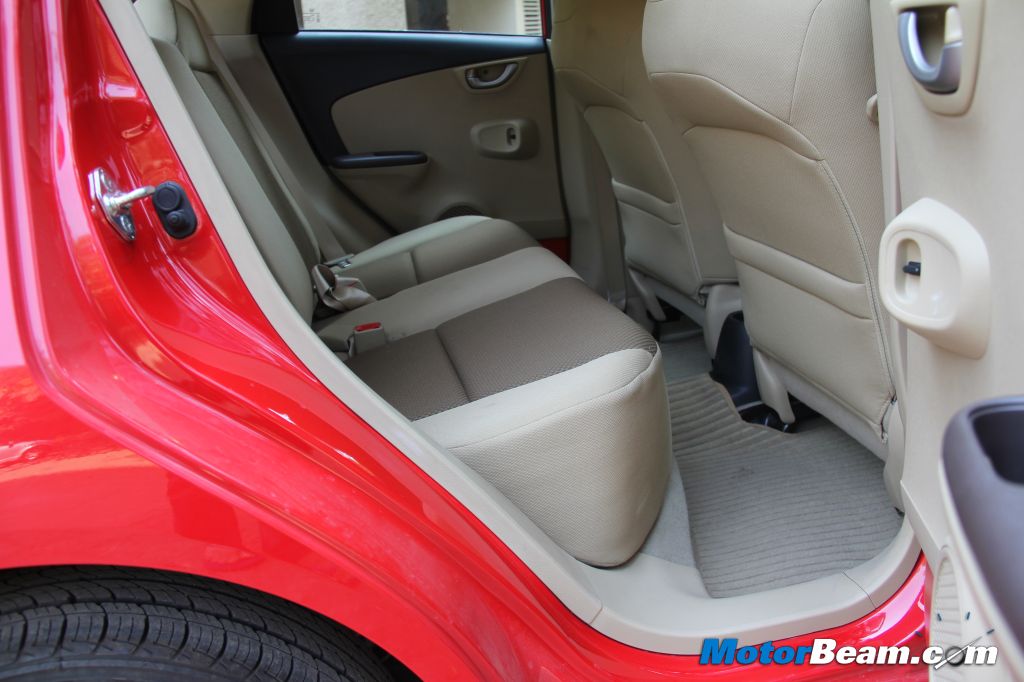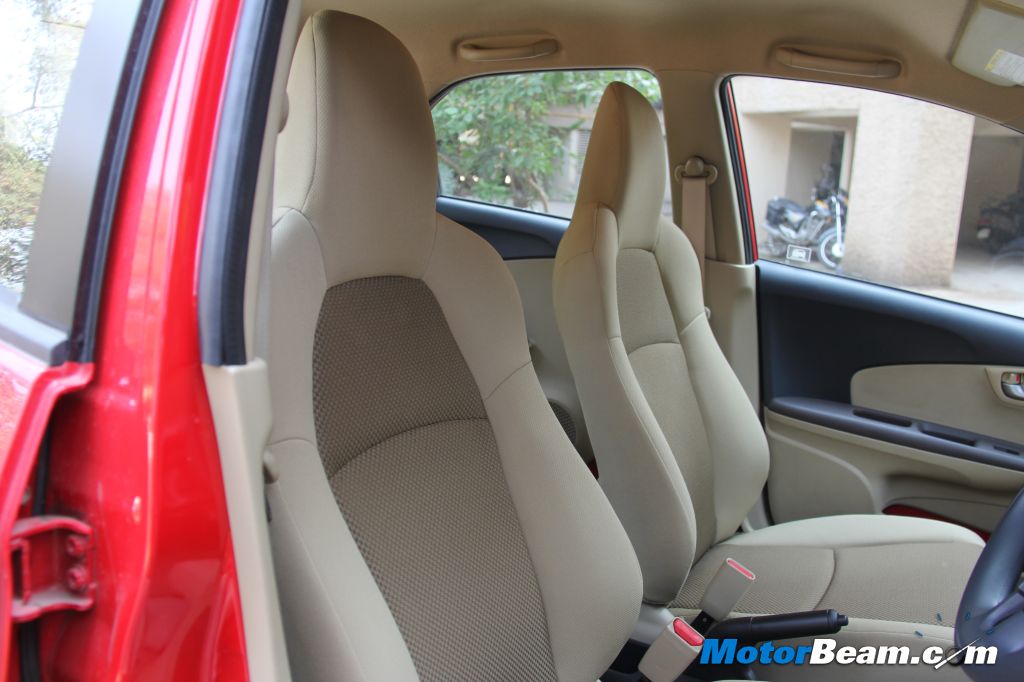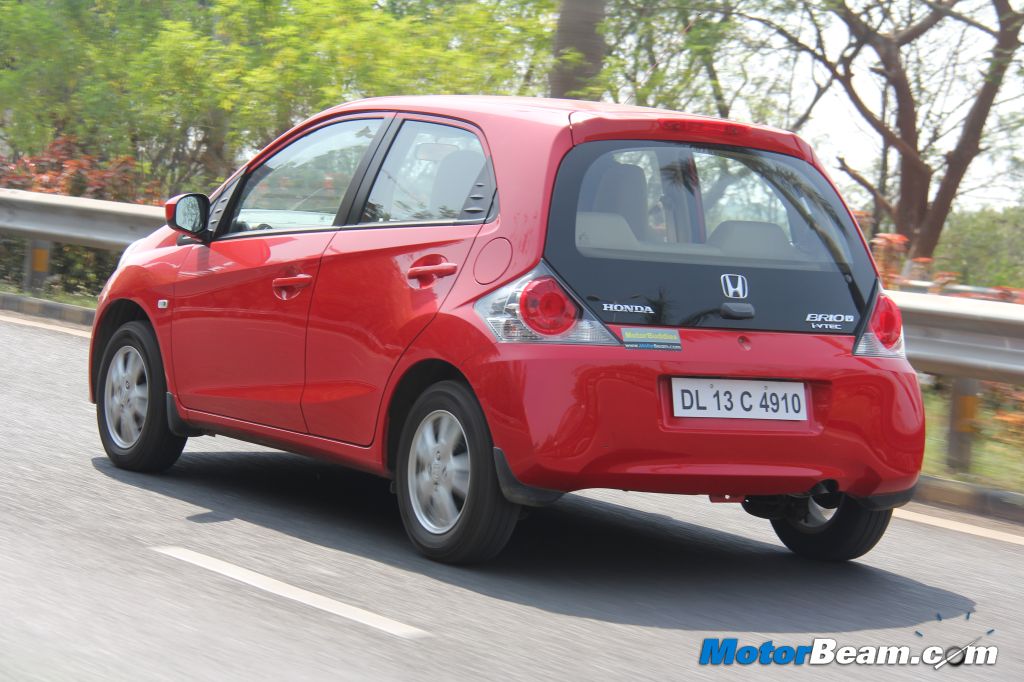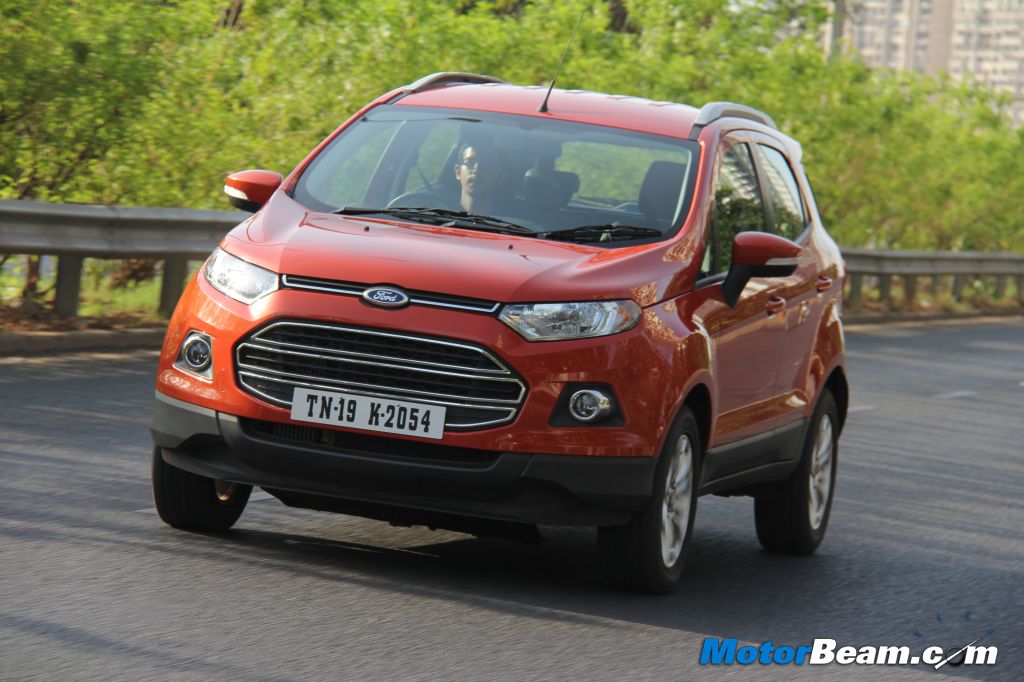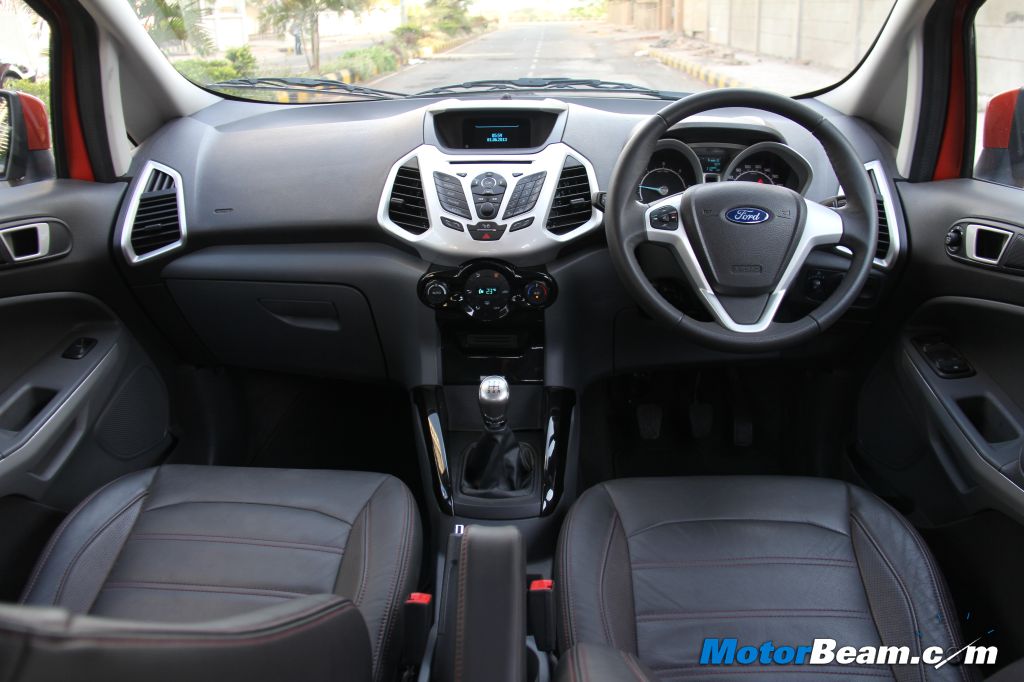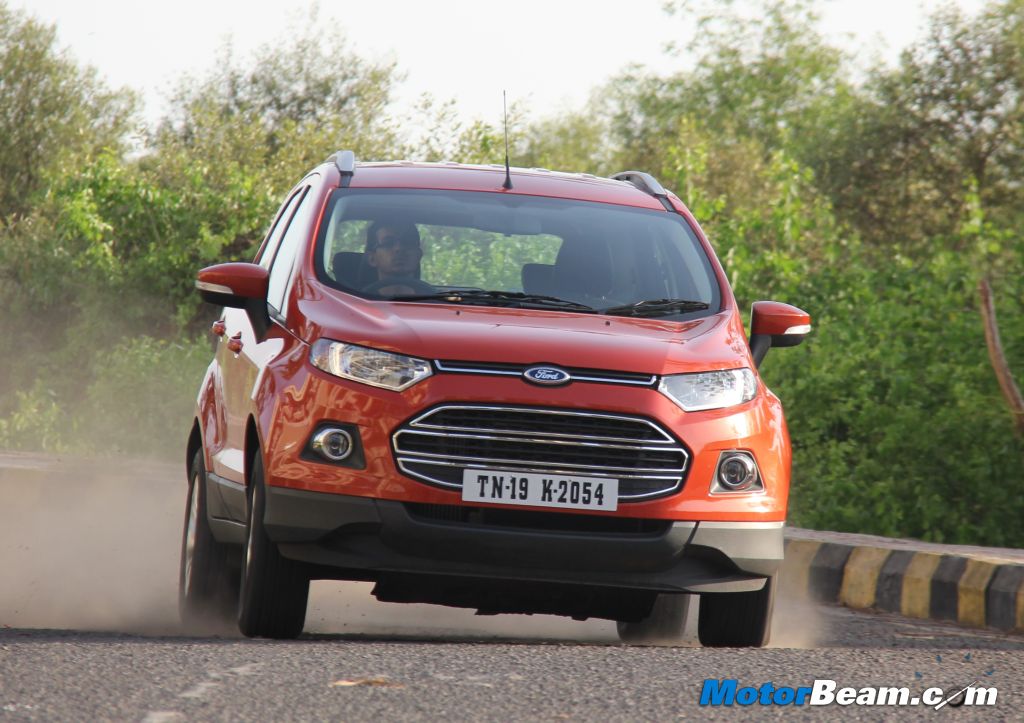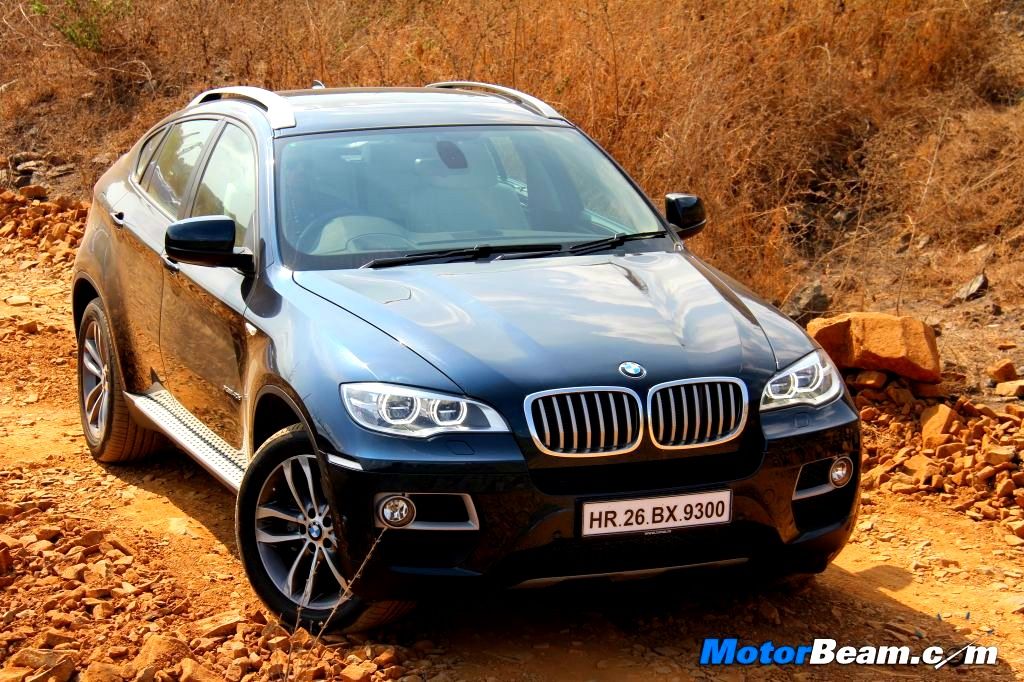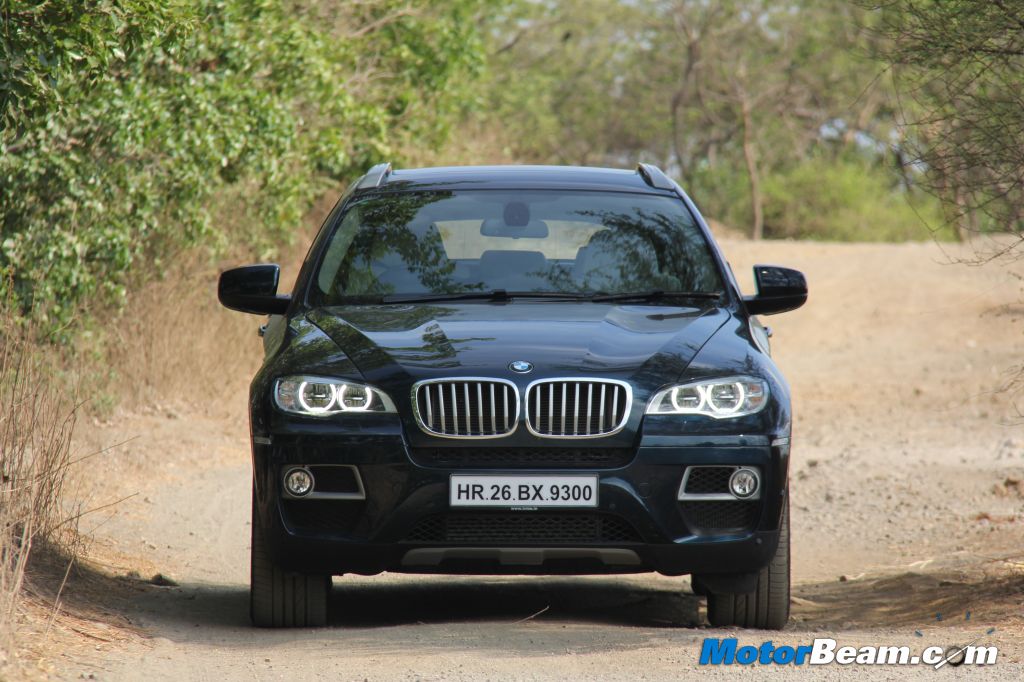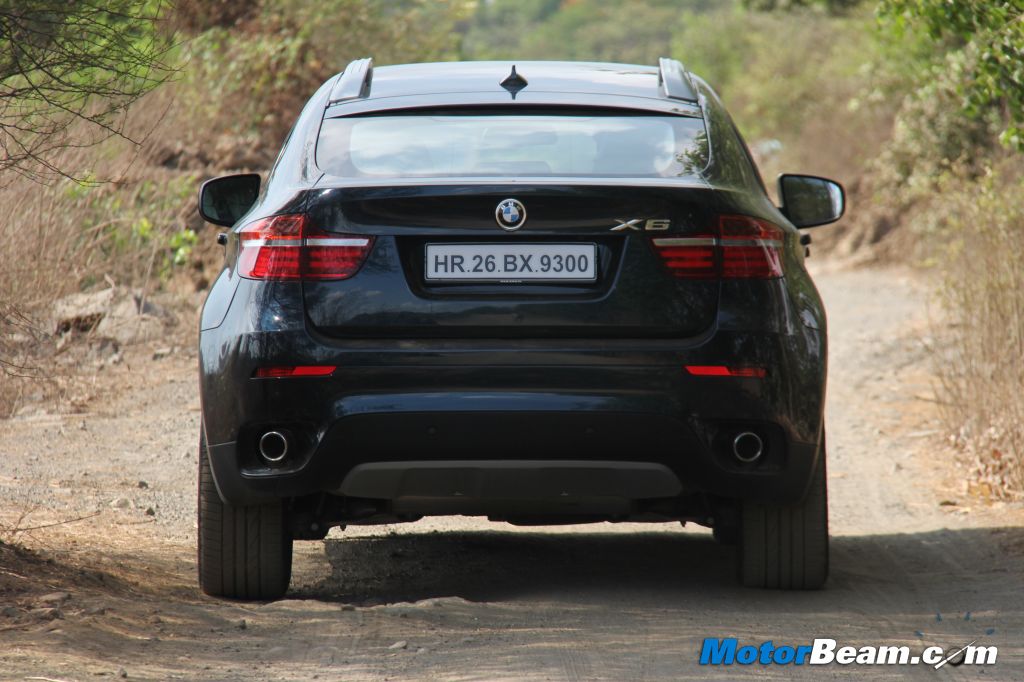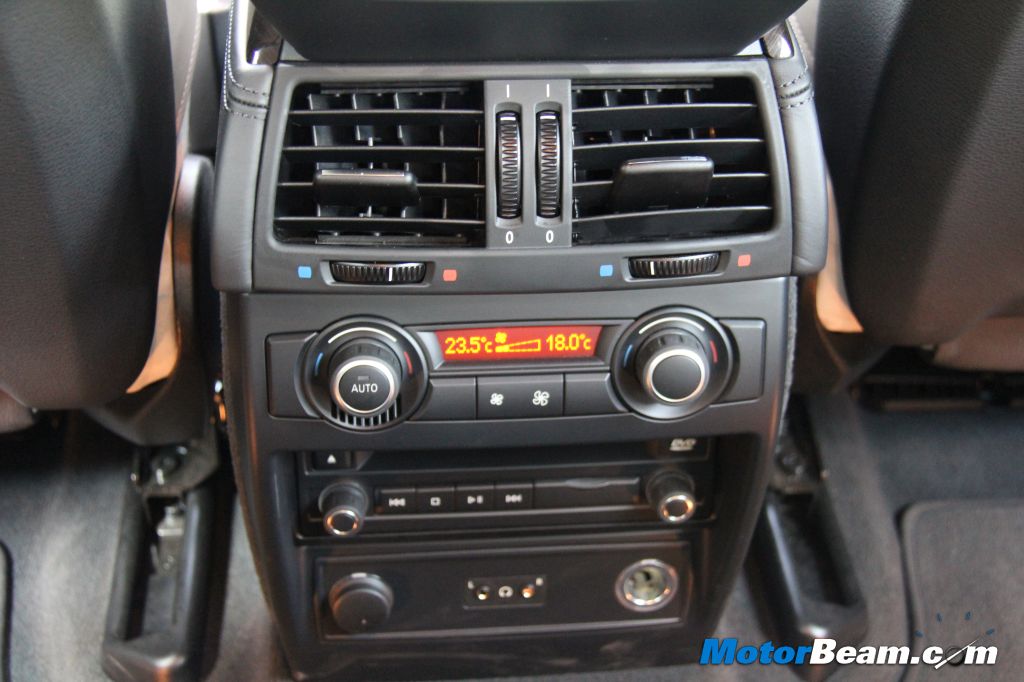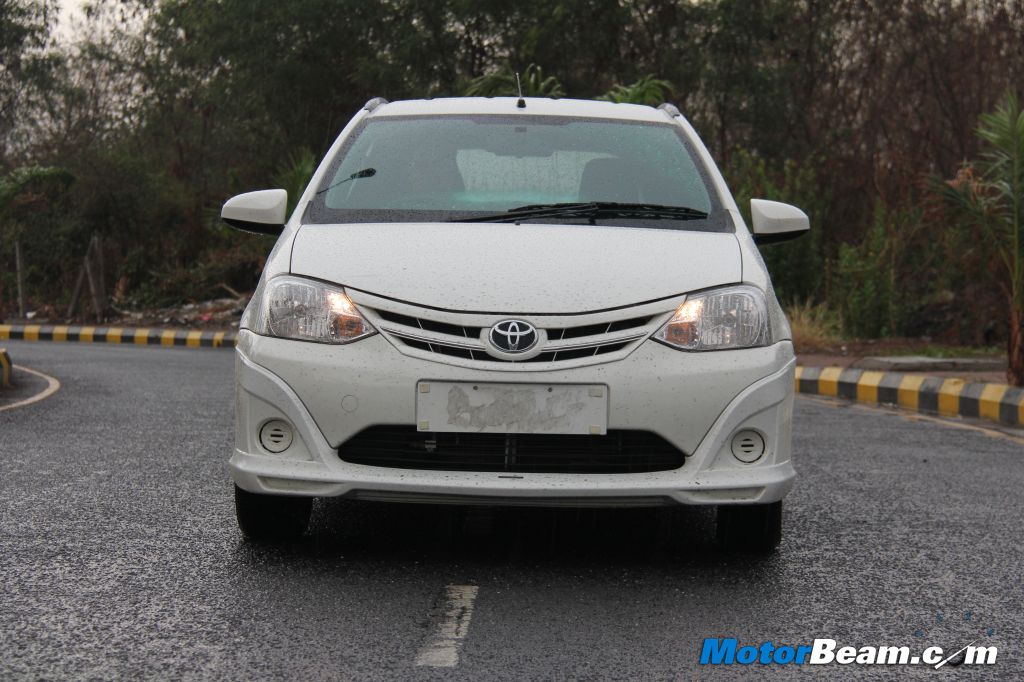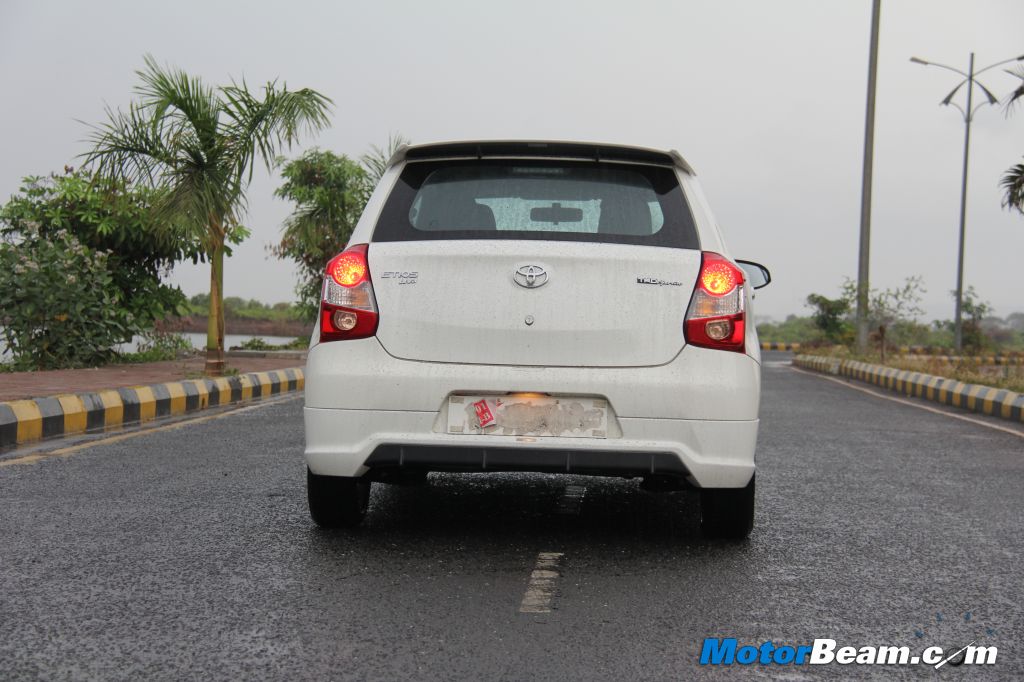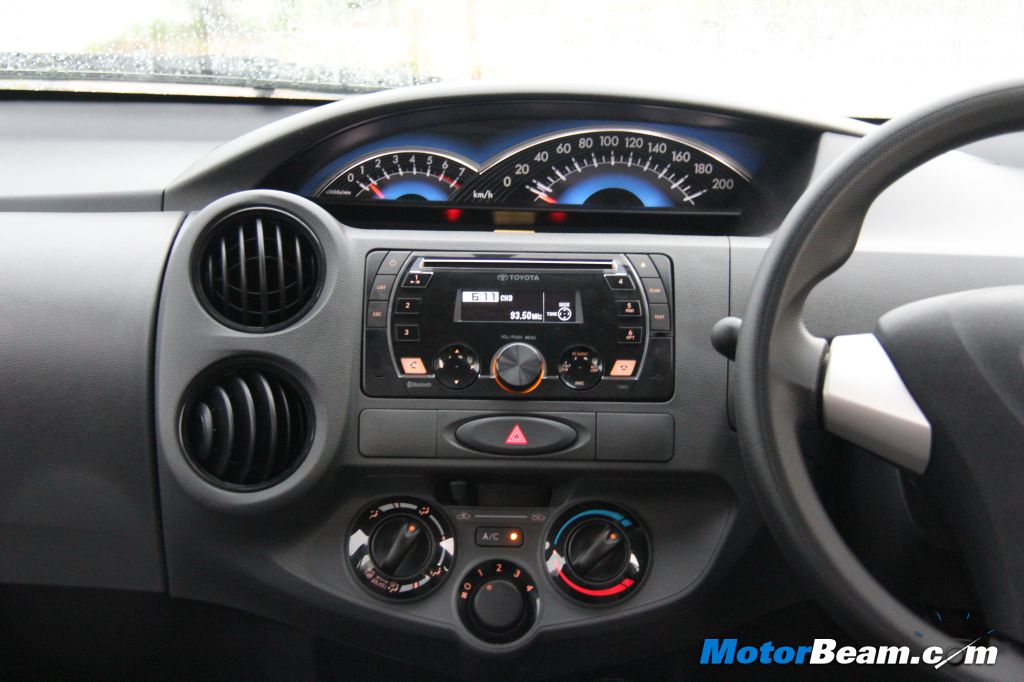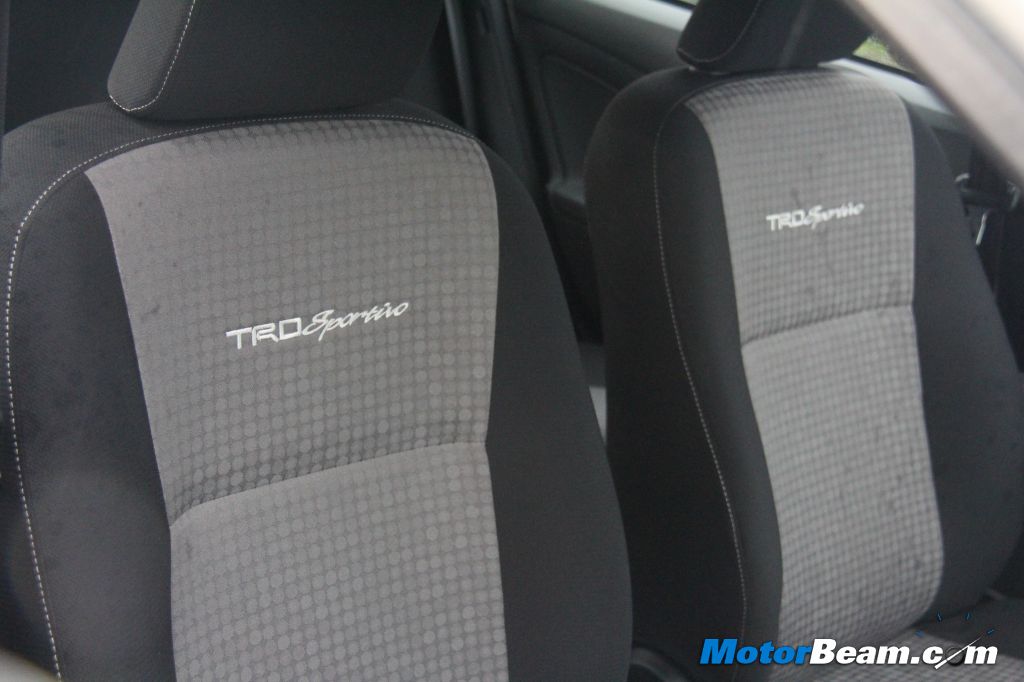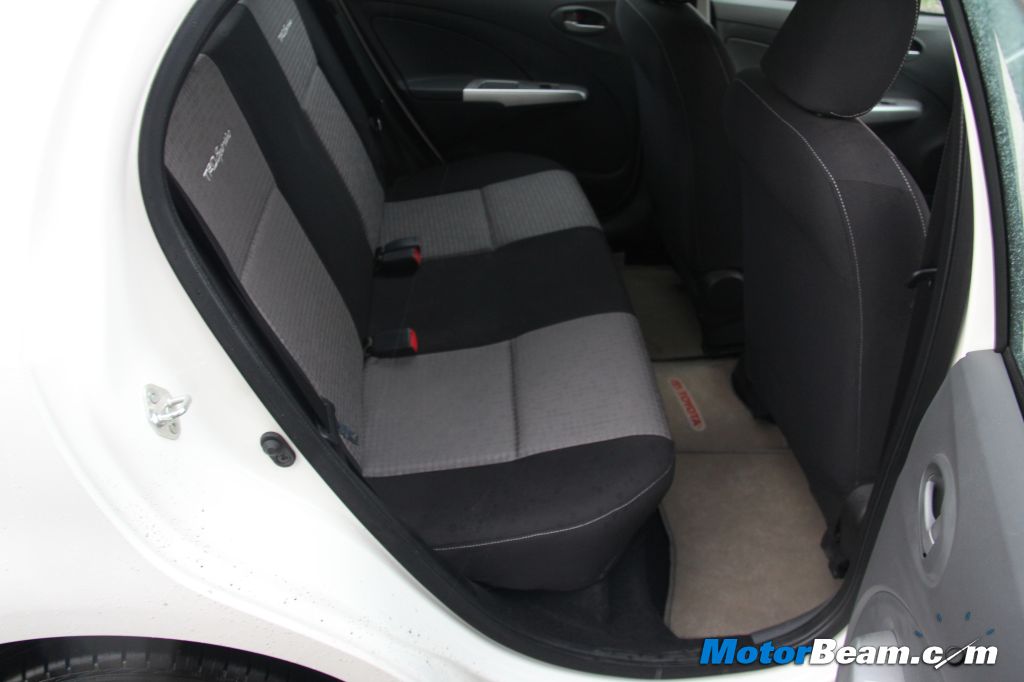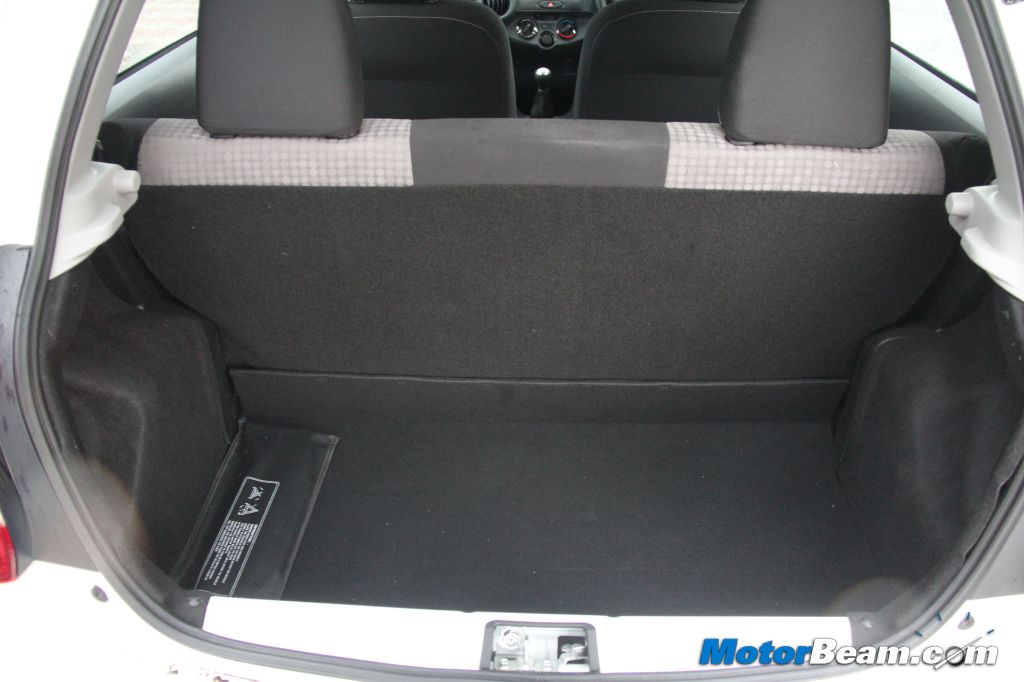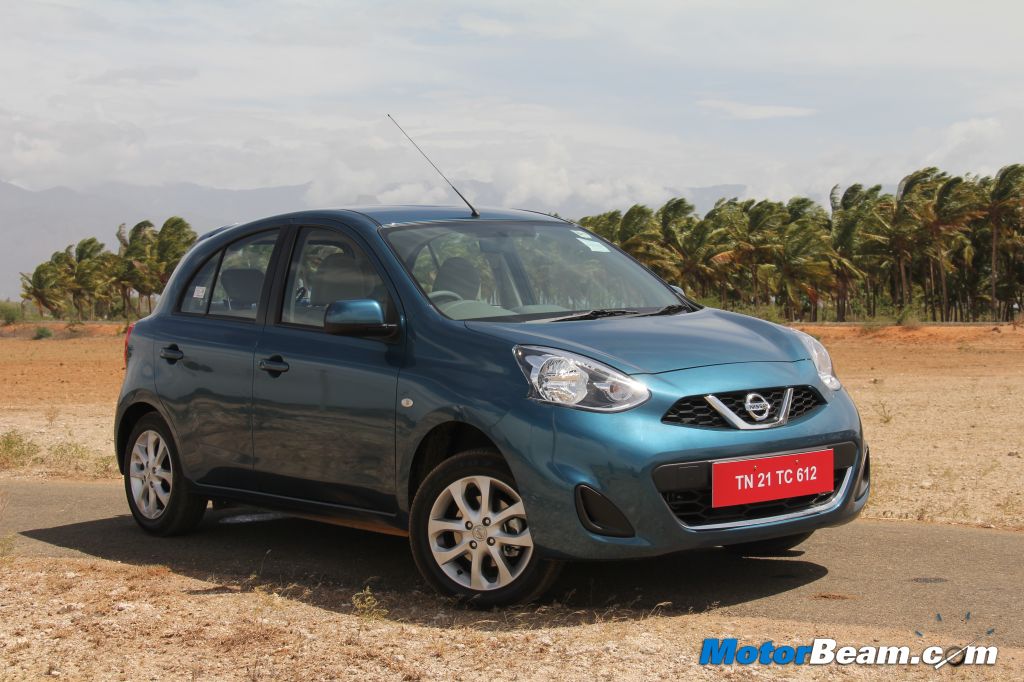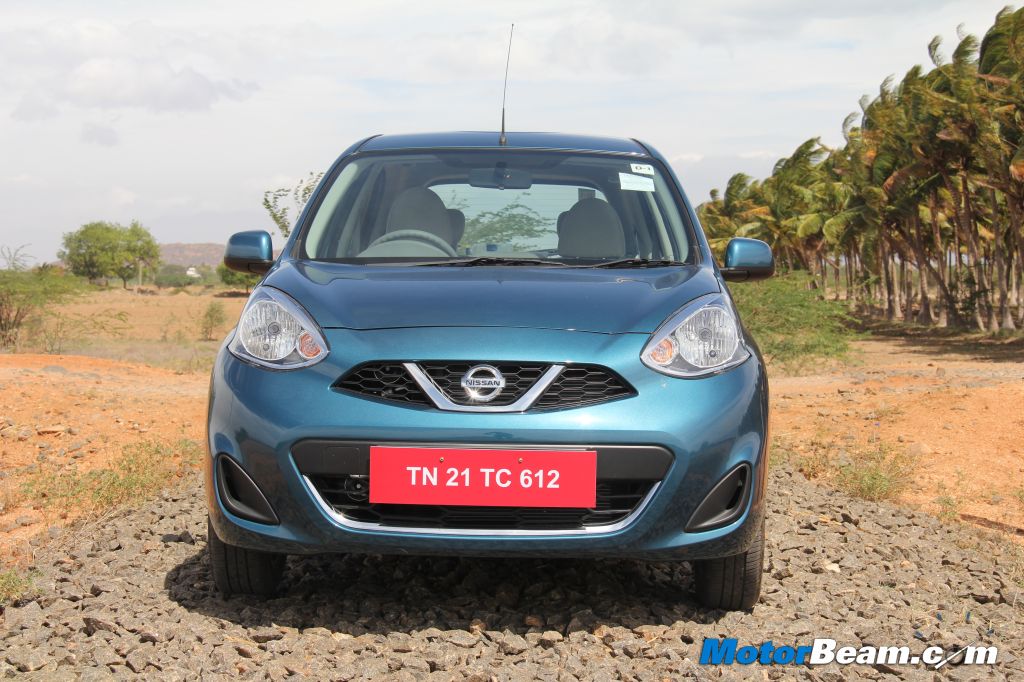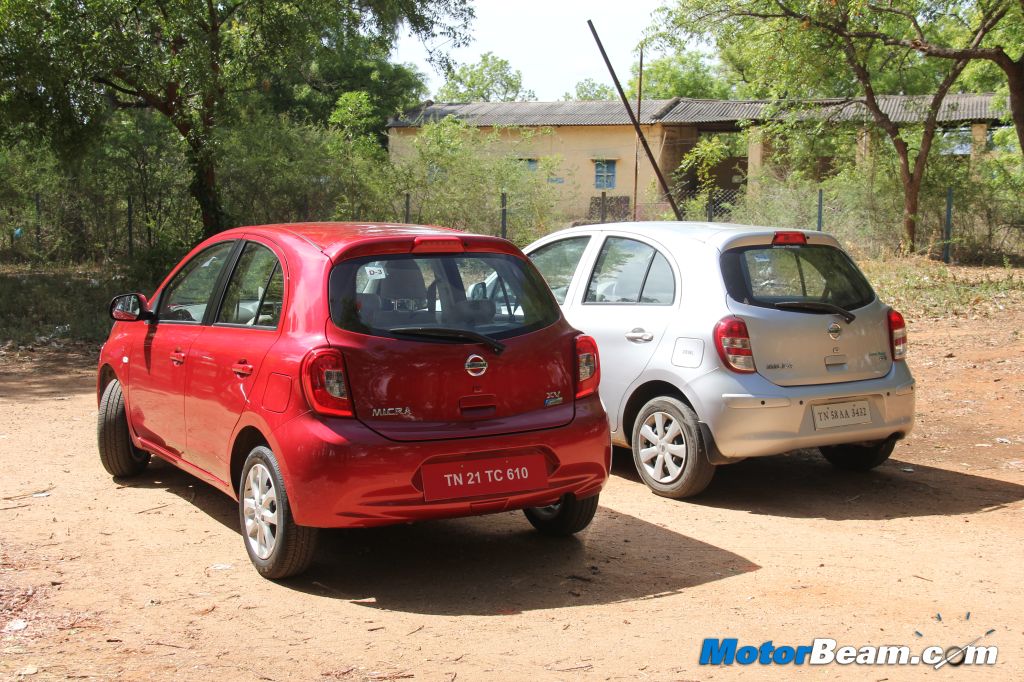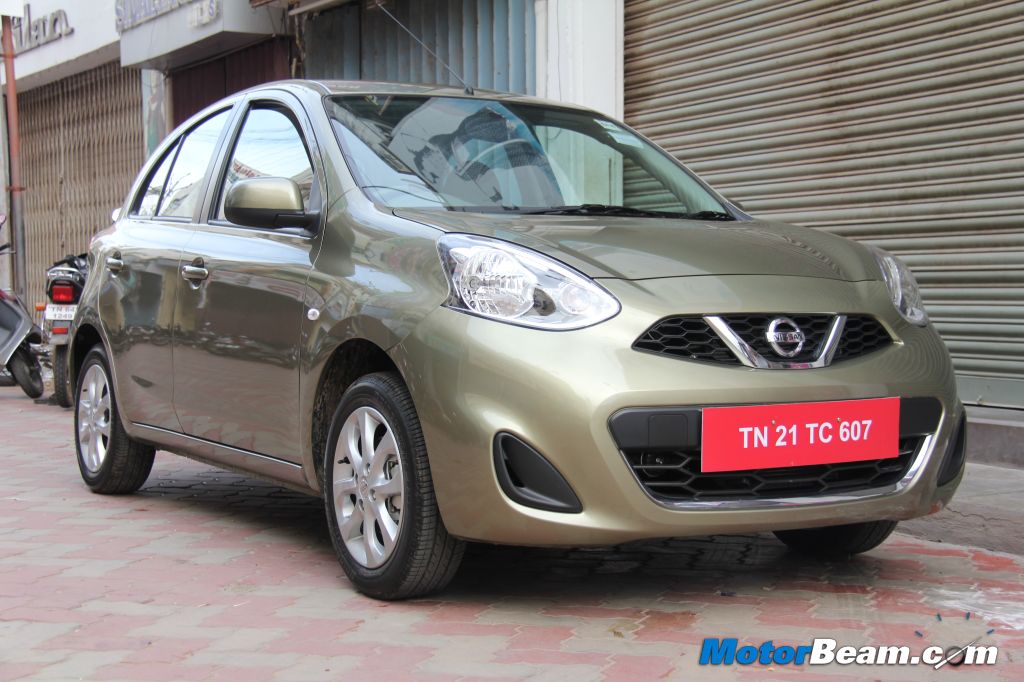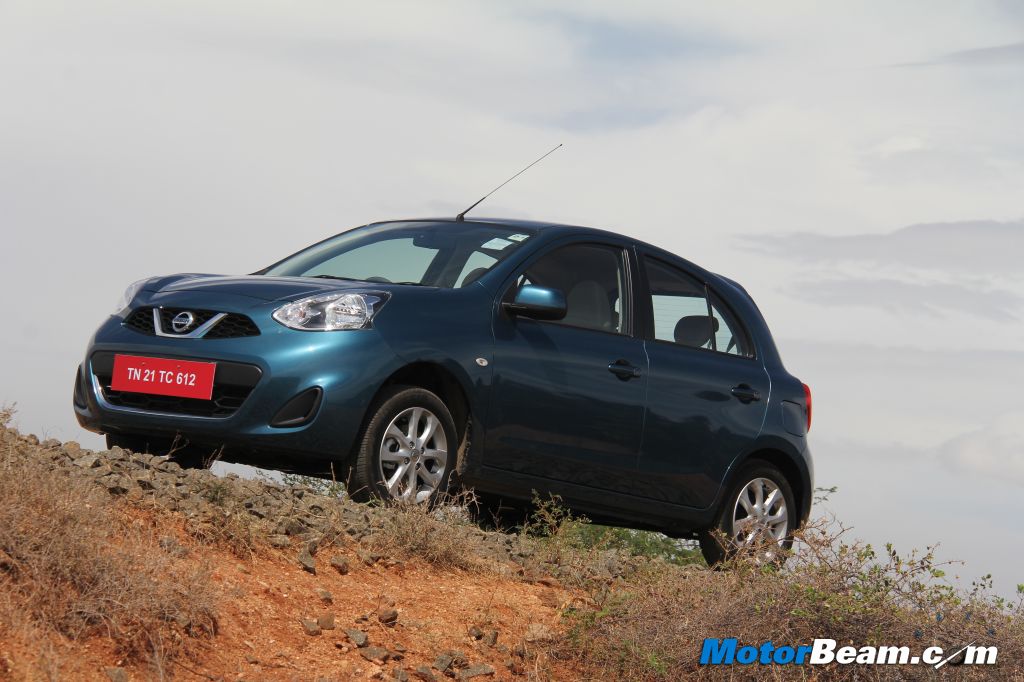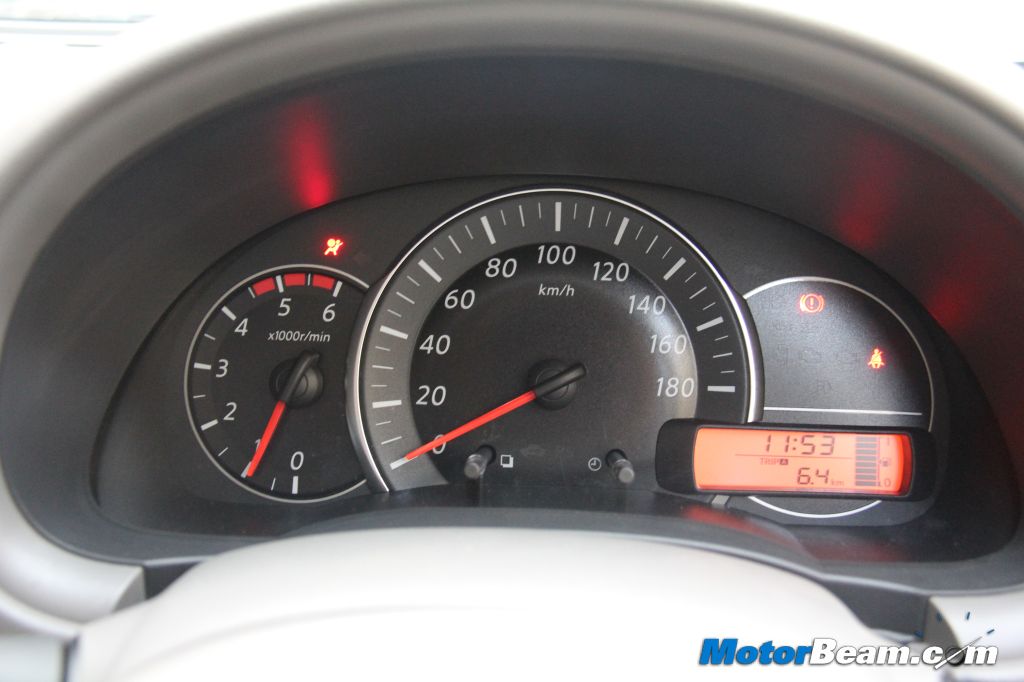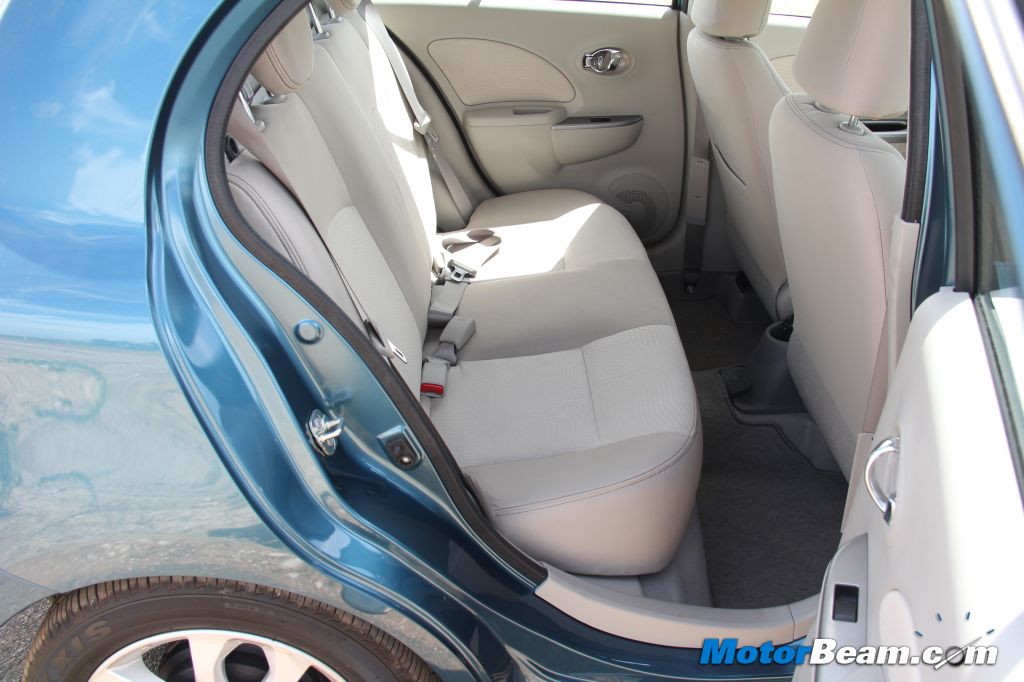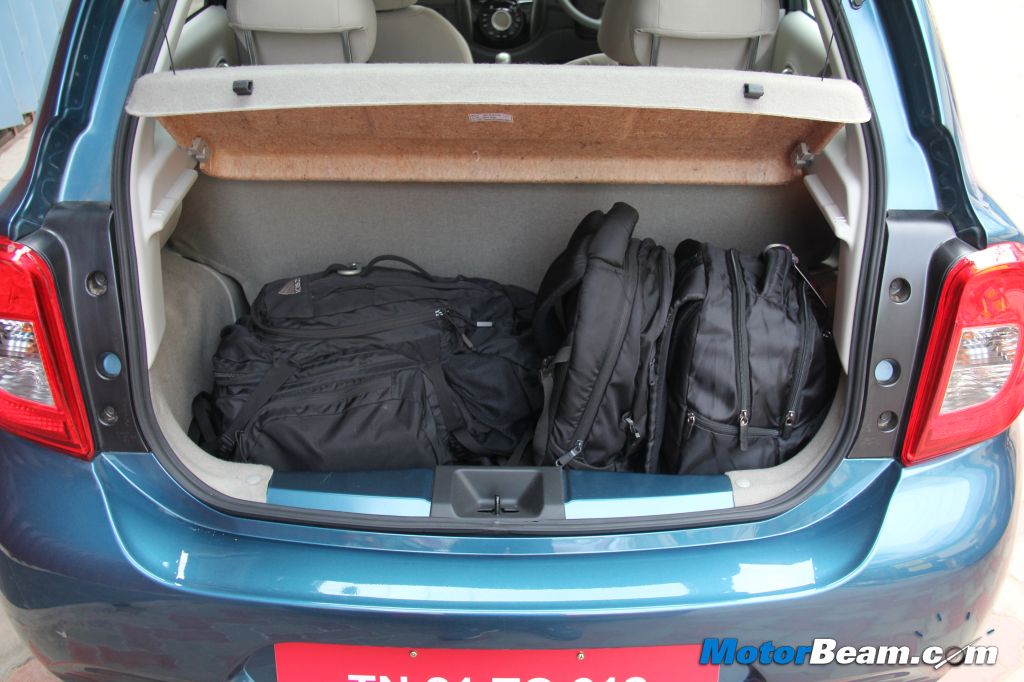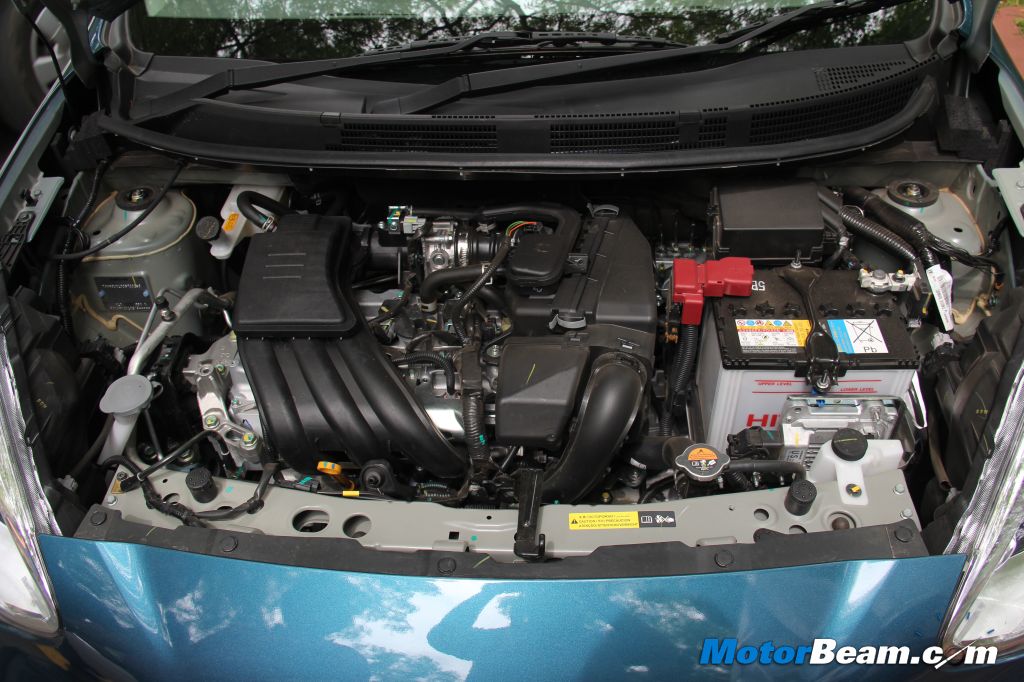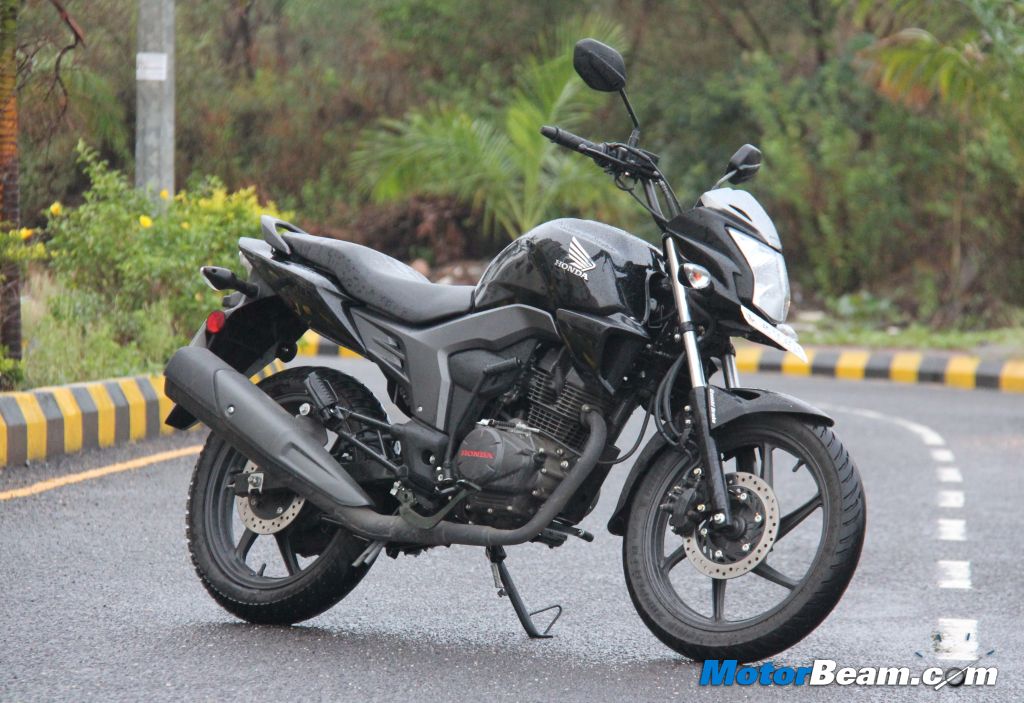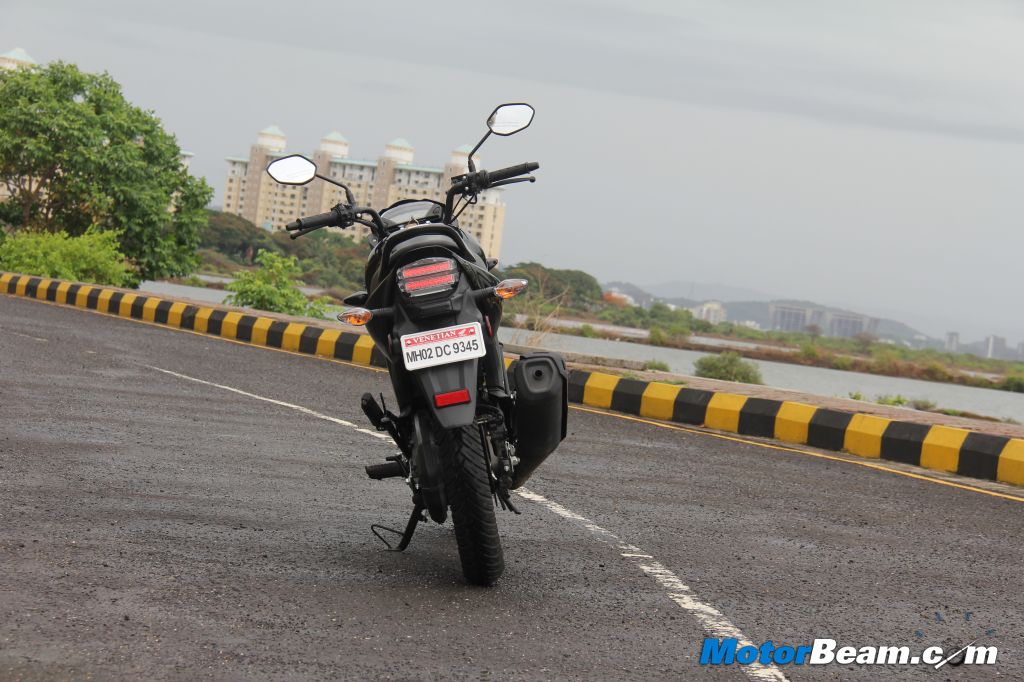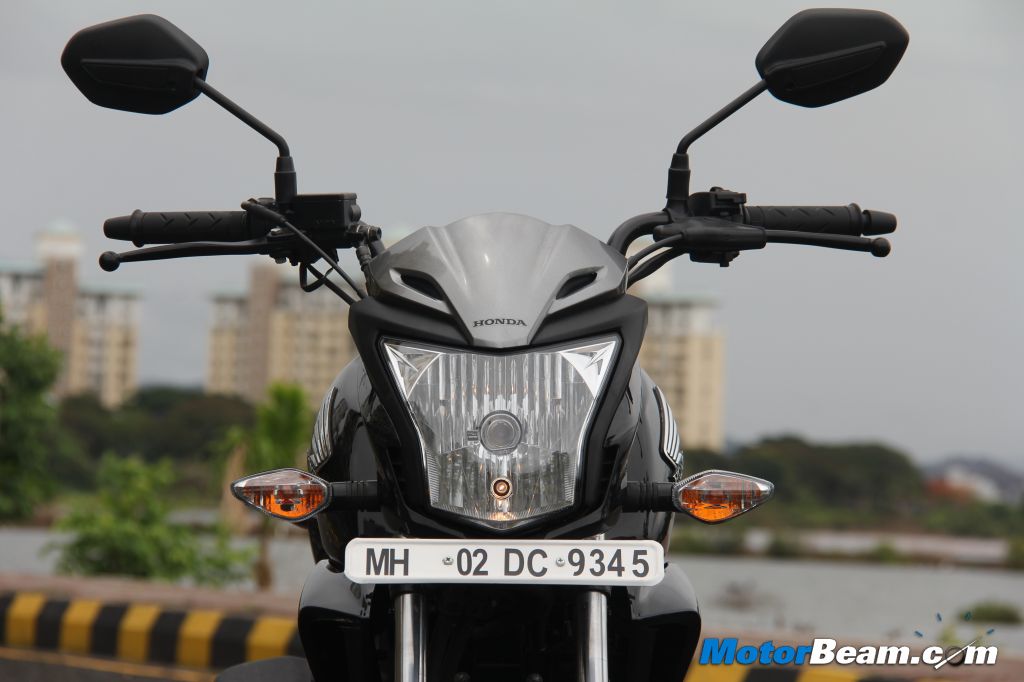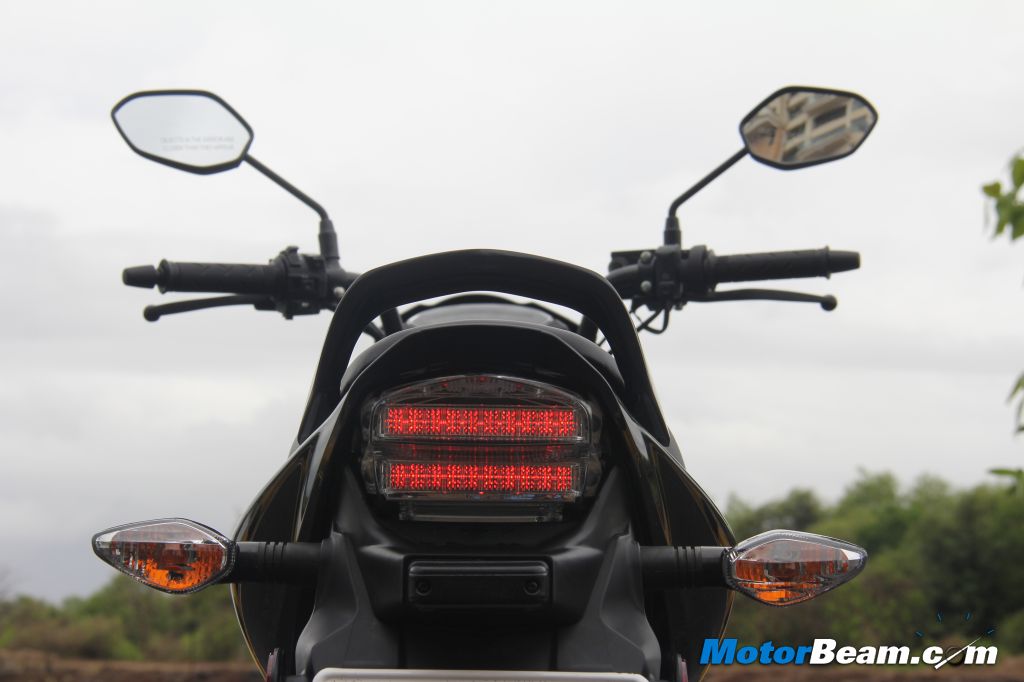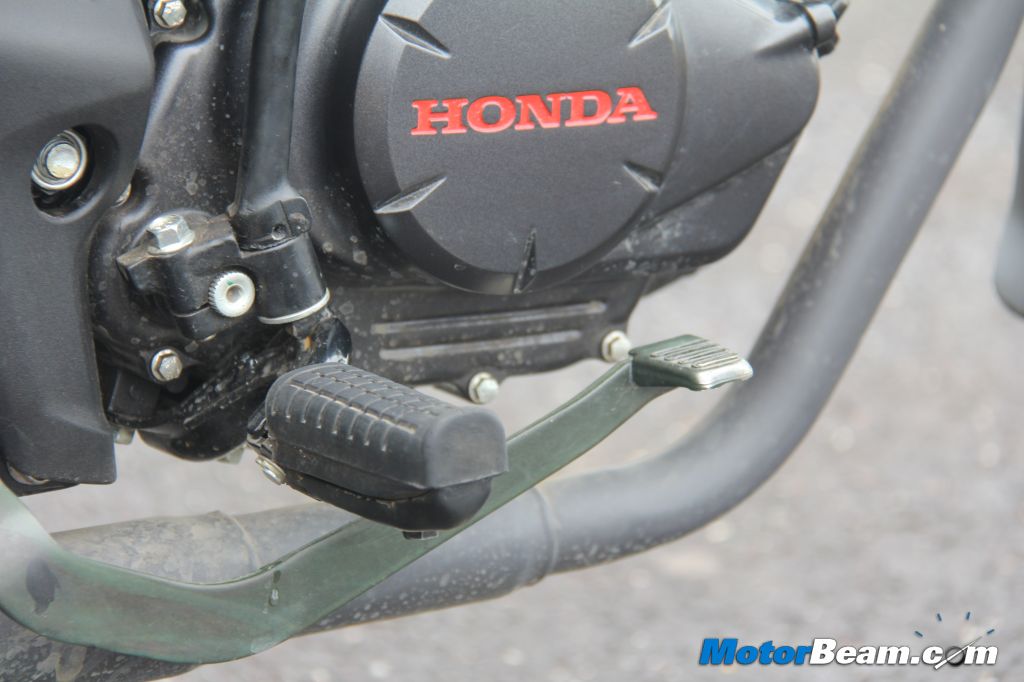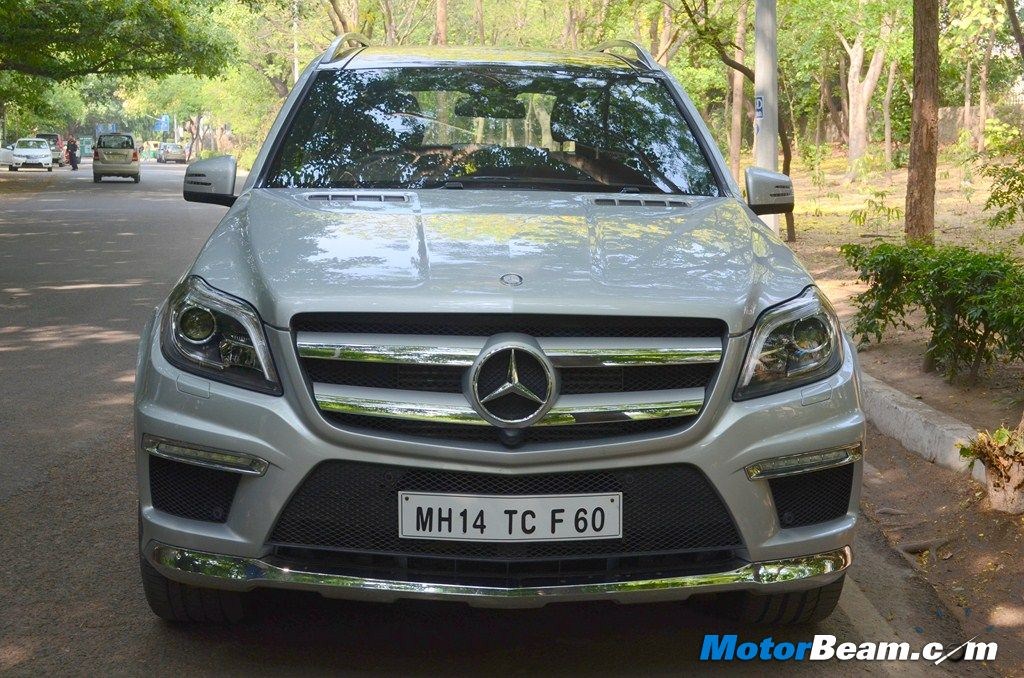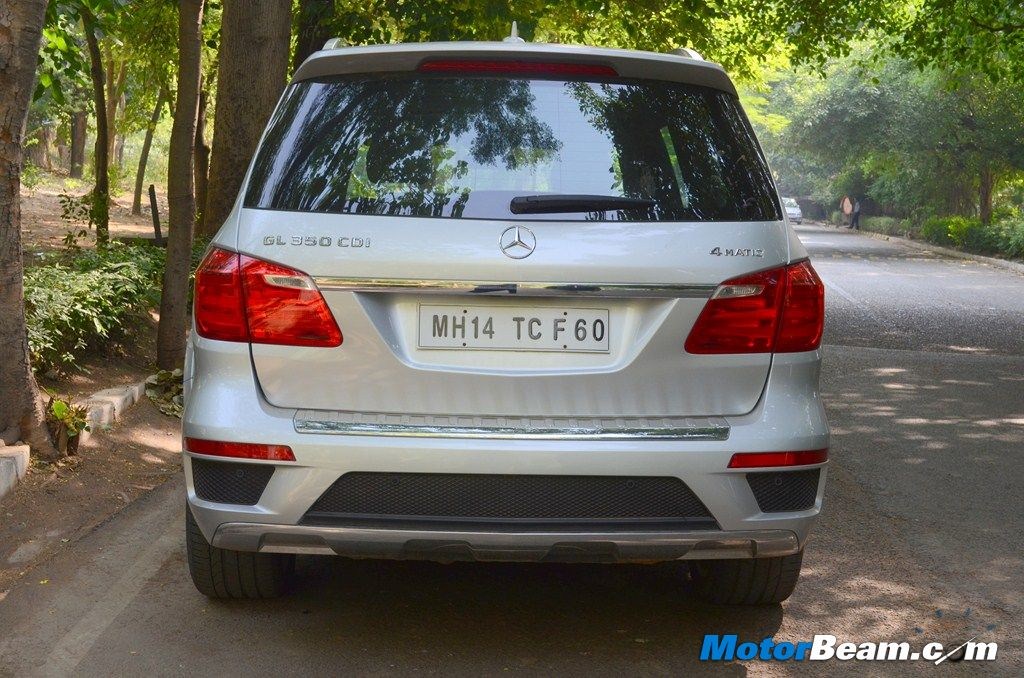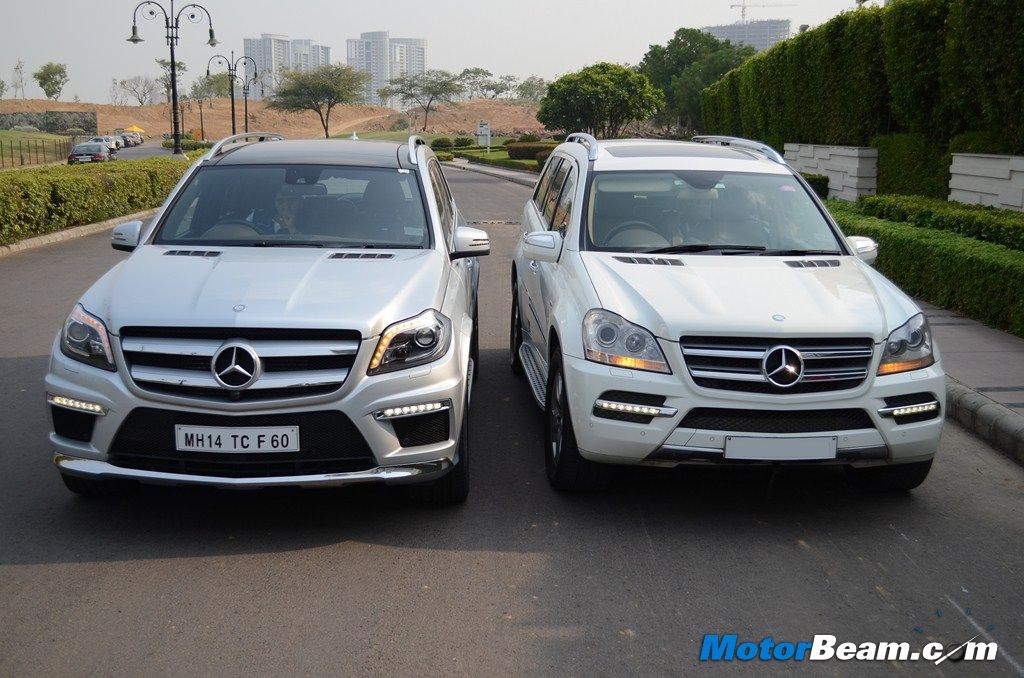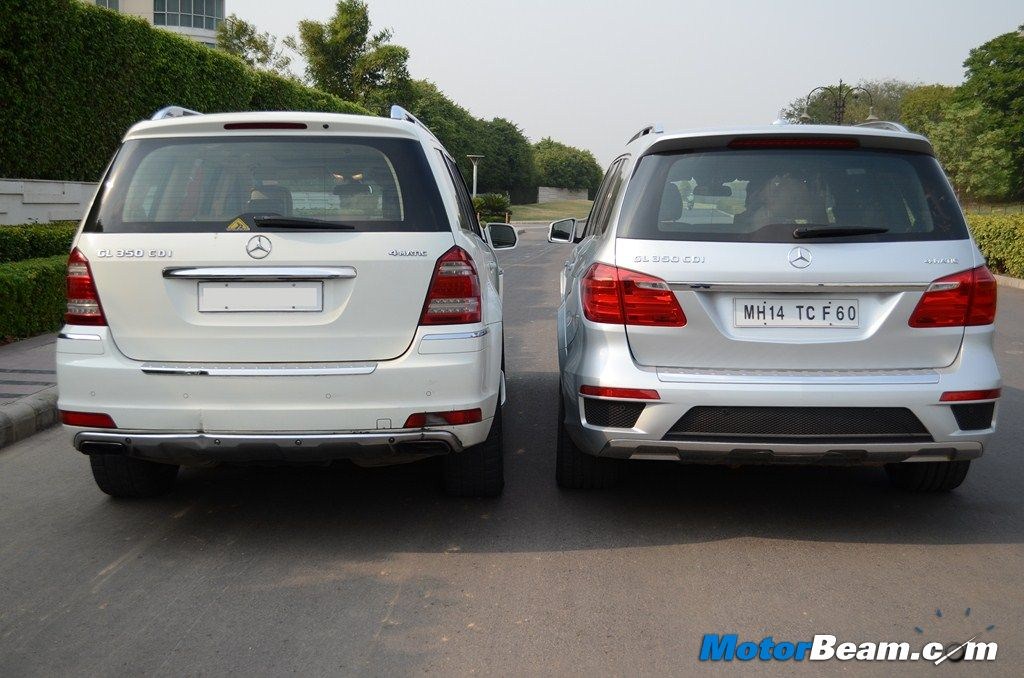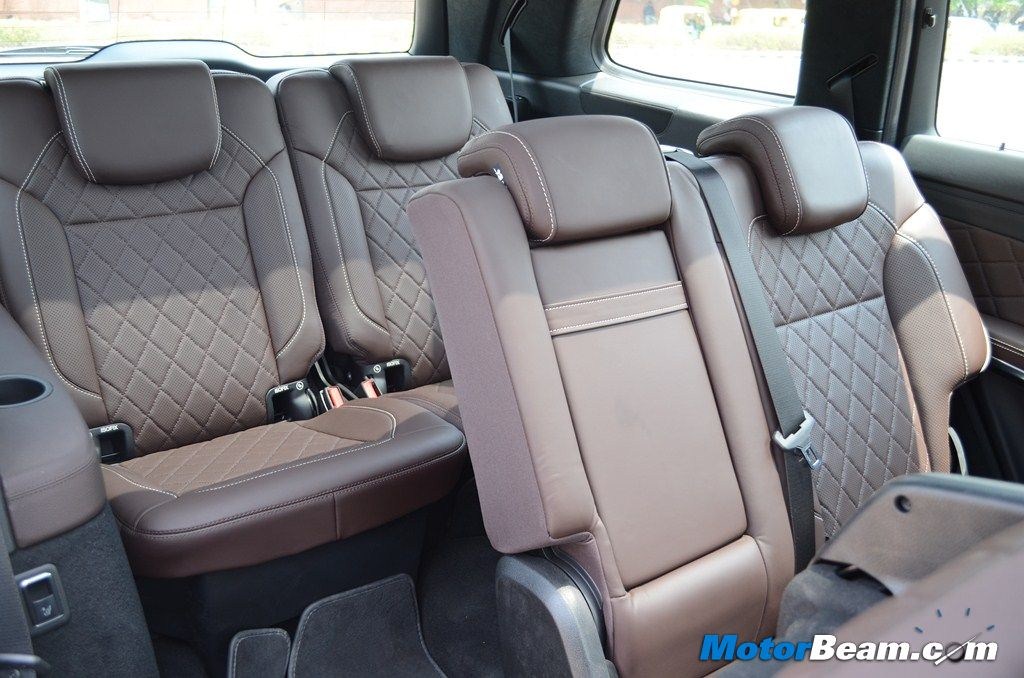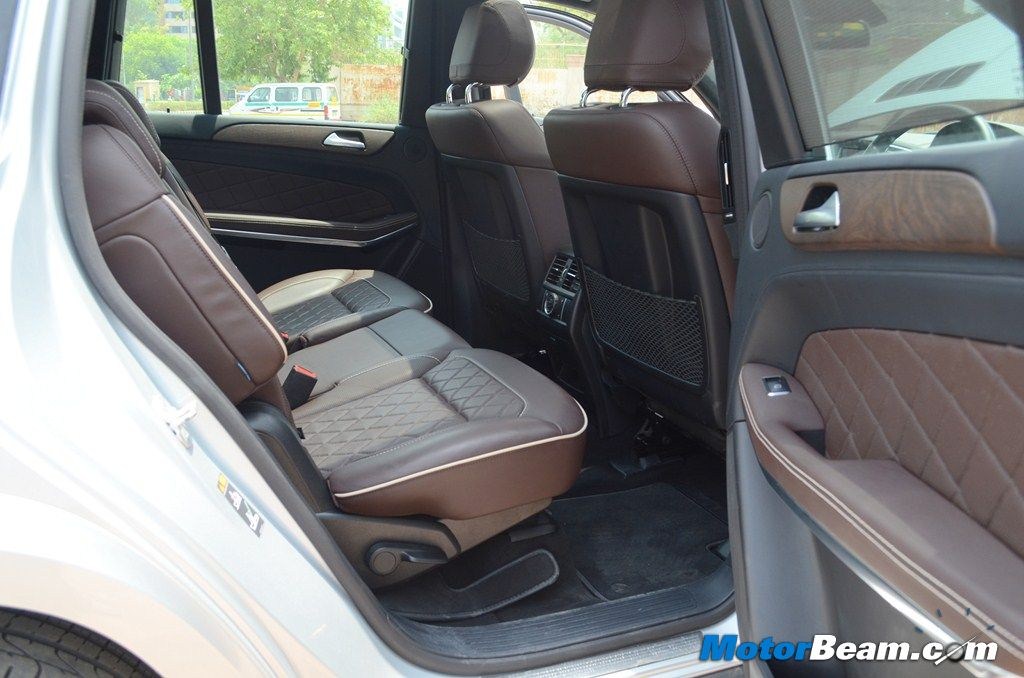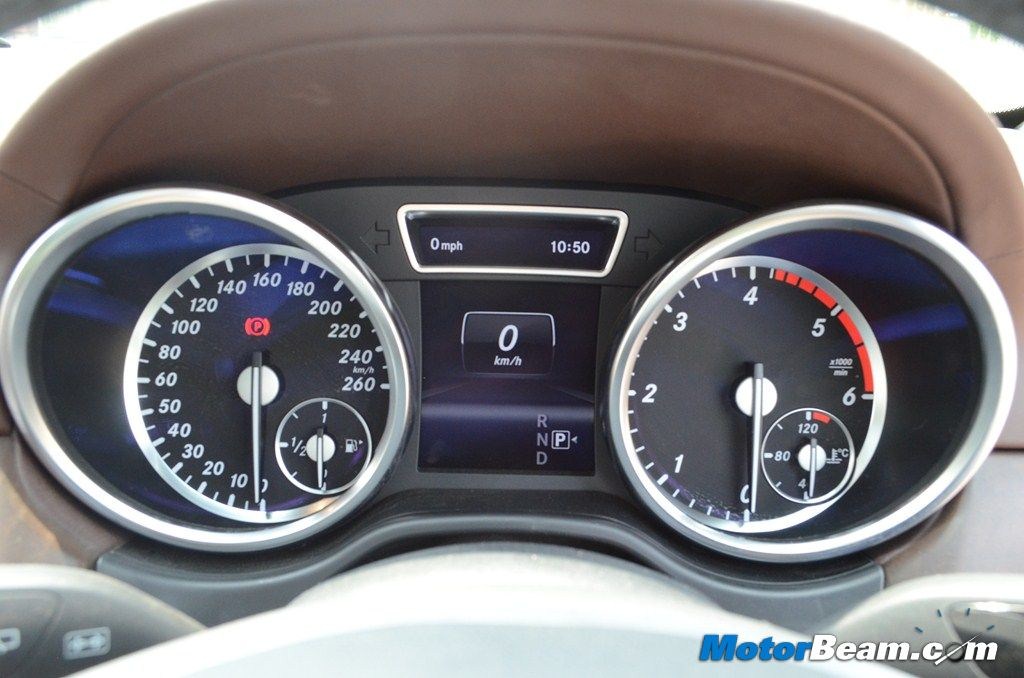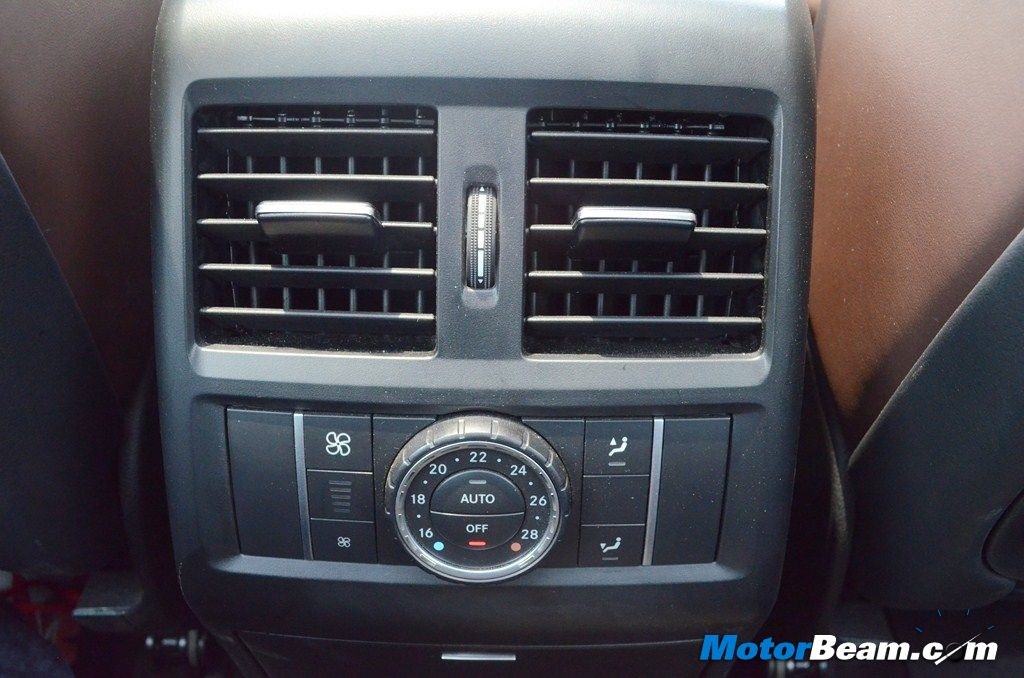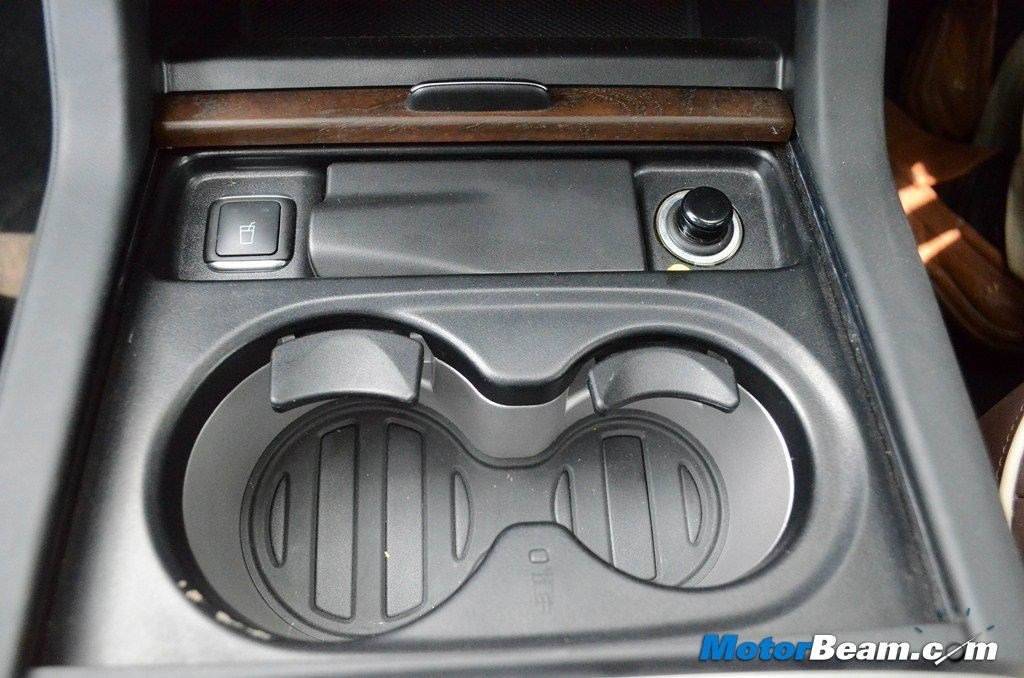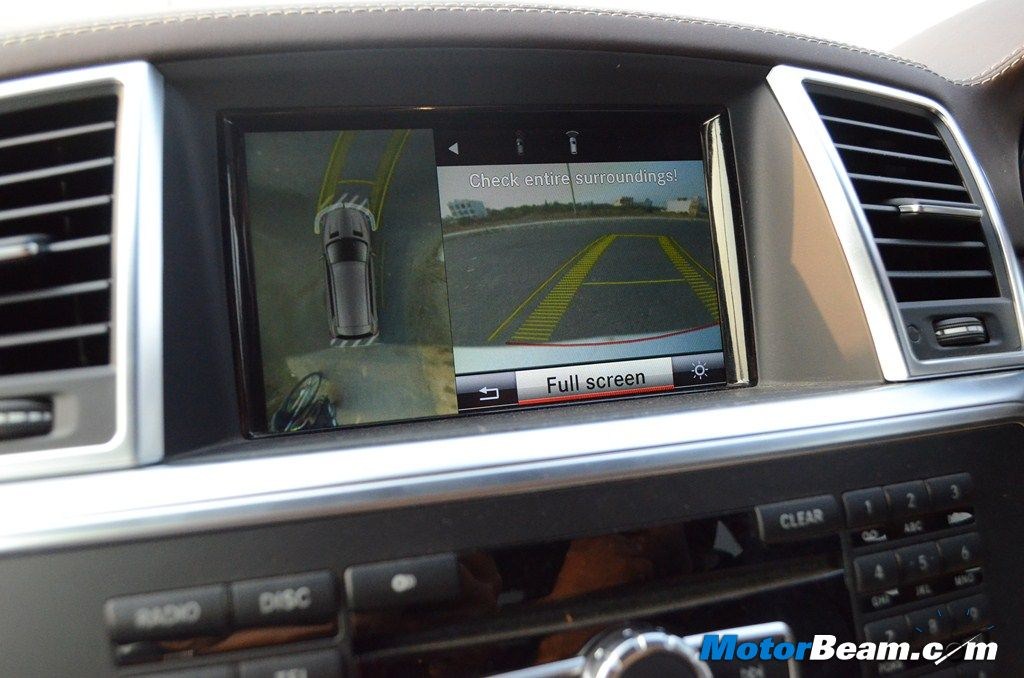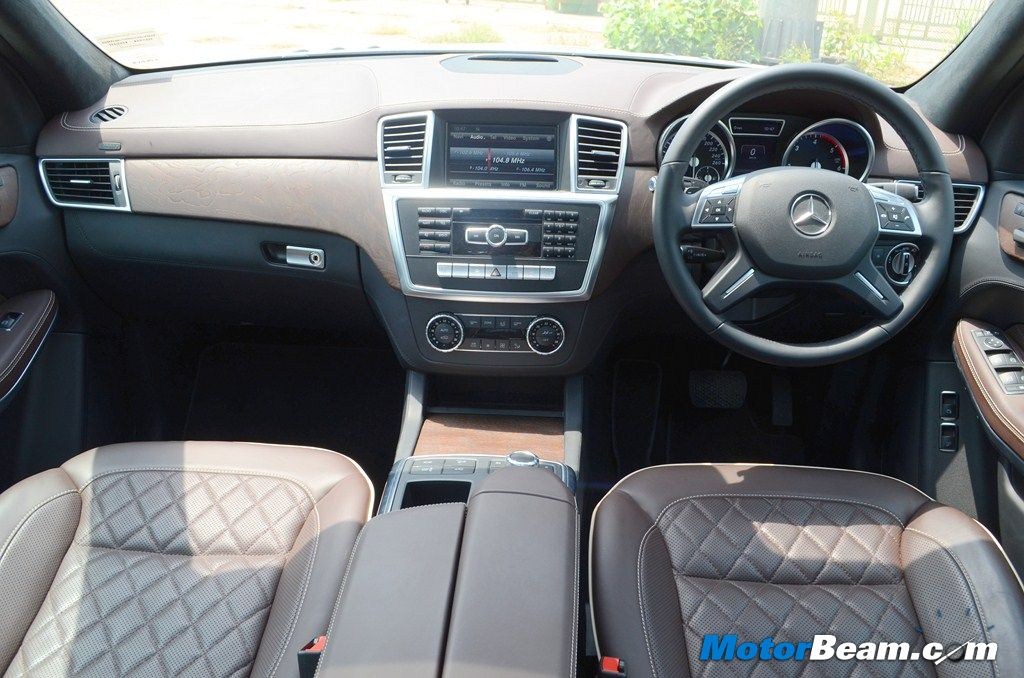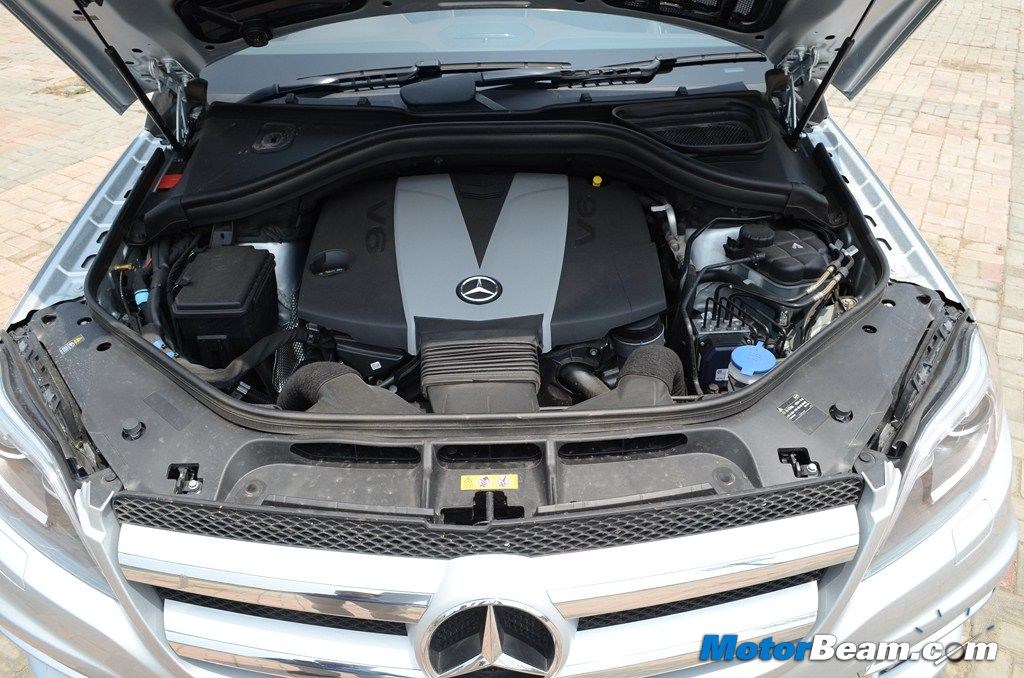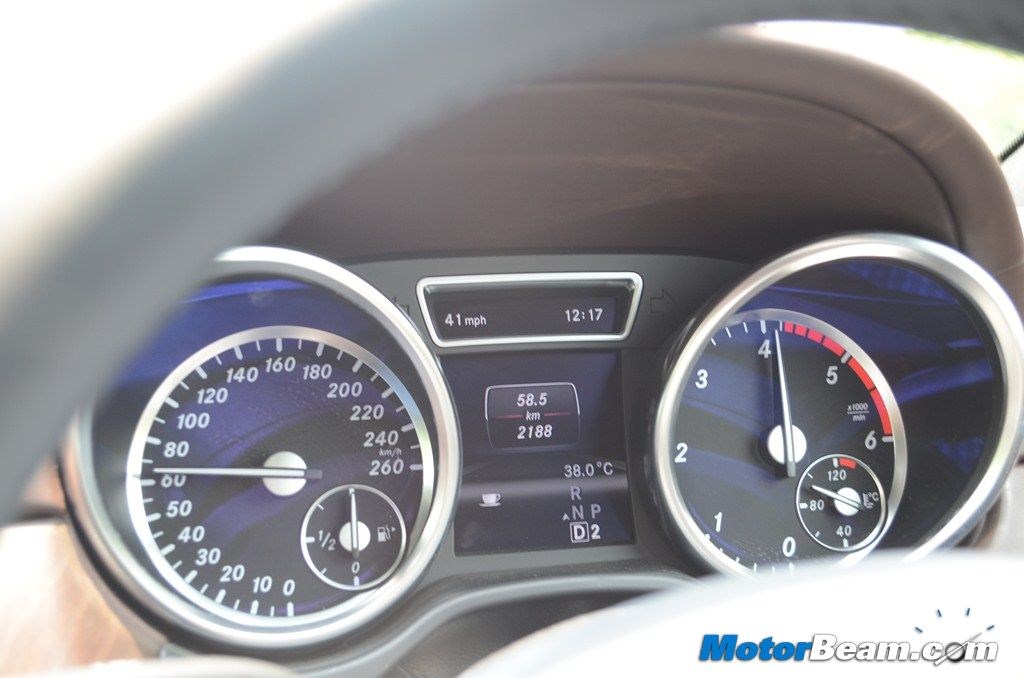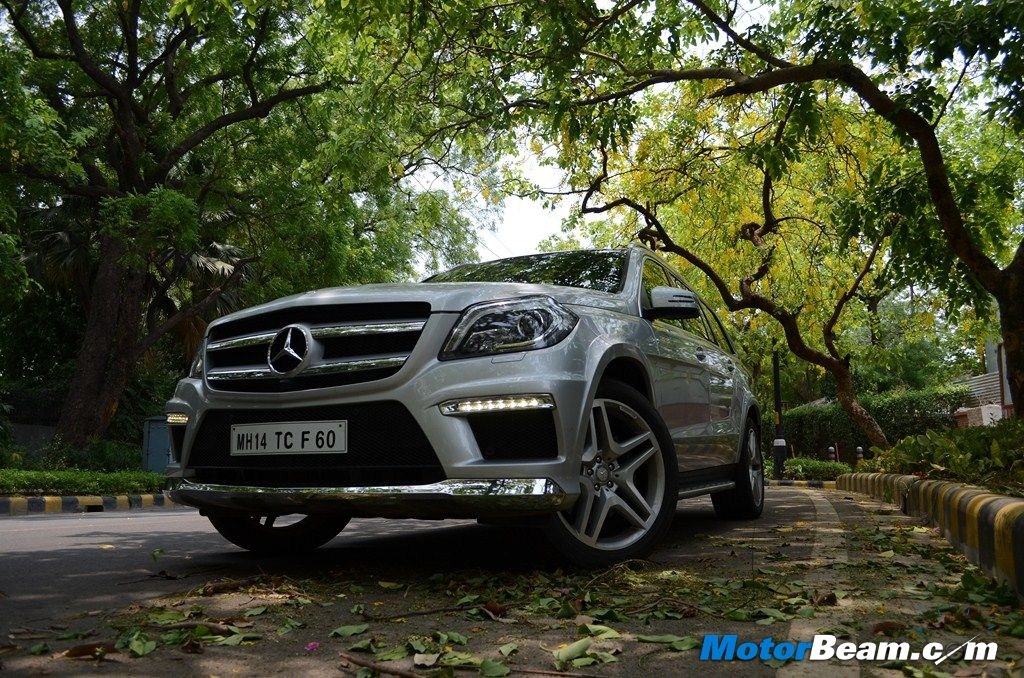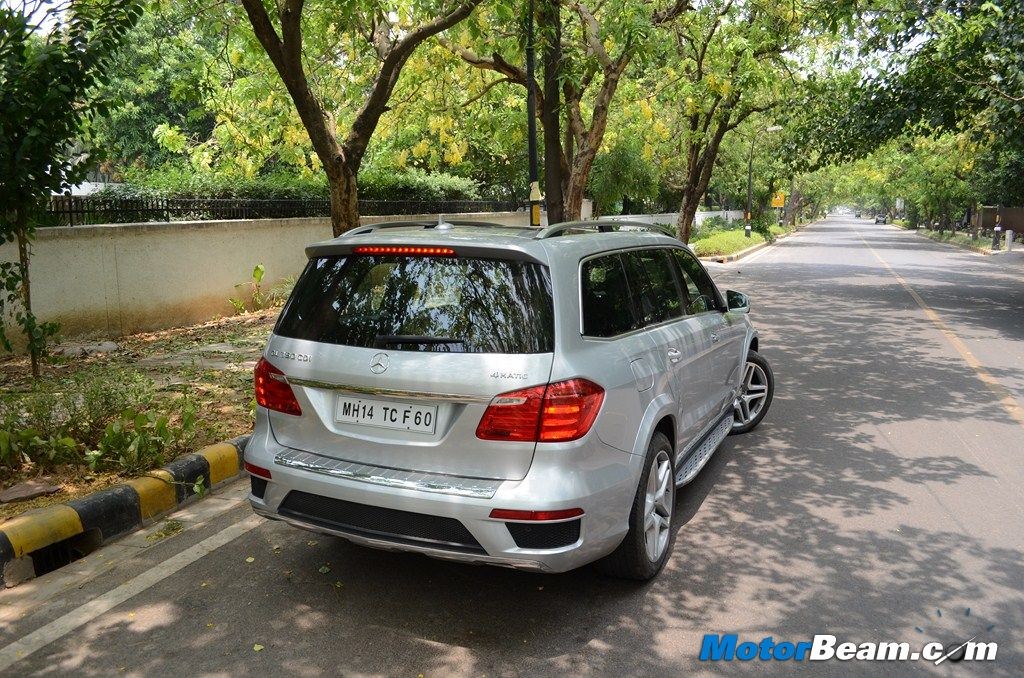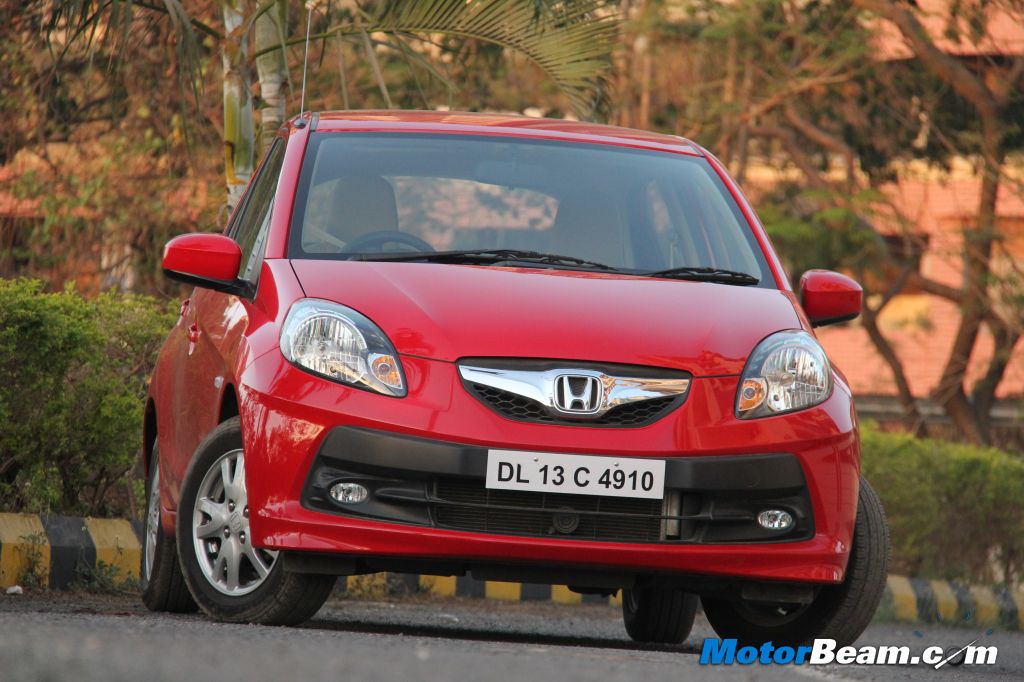![2013 Mercedes GL-Class Review 2013 Mercedes GL-Class Review]()
2013 Mercedes GL-Class – Click above for high resolution picture gallery
Car Tested: 2013 Mercedes GL-Class Launch Edition (GL350 CDI)
Price OTR Mumbai: Rs. 1,00,68,347/-
The Mercedes GL-Class has some serious road presence with performance to match.
Mercedes-Benz first introduced the GL-Class in India a few years back in 2010 and established the SUV image of the German car maker. Last month, the second generation of the big brute SUV was launched in India by tennis ace Boris Becker. This new version comes with improved performance, aggressive styling as well as all new plush interiors with lots of bells and whistles. Mercedes Benz is offering the ‘Launch Edition’ of the GL 350 CDI initially in India which will be completely imported as a CBU and starting Q3 2013, India will be the second market after the USA where the GL-Class will be locally assembled. We drove it around on the streets of Delhi to get a taste of the GL way of life. We also got a chance to compare it with the previous version which gave us a fair idea of what is new on offer in this latest generation model. We find out whether the updated GL-Class truly lives up to its tagline ‘Absolute Supremacy’.
![2013 Mercedes GL 350 CDI Front]()
![2013 Mercedes GL 350 CDI Rear]()
Exteriors - The Mercedes GL-Class is huge and has a commanding street presence. The overall design is distinctive, bold as well as classy. The new generation GL-Class follows the latest aggressive design philosophy of Mercedes-Benz and compared to the older version it looks more modern and muscular. The new GL is 32 mm longer, 4 mm wider and 10 mm taller than its predecessor. Thanks to the modern styling elements, the new GL doesn’t look bigger than the previous generation model.
![Mercedes GL 350 CDI Old vs New Front]()
![Mercedes GL 350 CDI Old vs New Rear]()
The front end is characterized by a solid muscular grille with the huge three pointed star sitting on thick slats of chrome, adding a lot of character to it. The head lights are well designed and gel nicely with the overall personality of the vehicle. The front bumper looks more aggressive than the outgoing model and is accompanied by day time running LEDs which are neatly integrated. The previous version of the GL was a bit understated and the dash of chrome that new GL comes with, gives that additional touch of bling. One also gets a hint of the new ML-Class on the front fascia of the updated GL-Class.
![2013-Mercedes-GL-Class-004 2013-Mercedes-GL-Class-004]()
Moving on to the side, the muscular design philosophy continues and the bold lines across the vehicle go well with the overall character of the SUV. The launch edition boasts off huge 21-inch AMG, 5-twin spoke alloy wheels which make the GL look sporty. The flared wheel arches blend precisely with the overall styling of the SUV. The large roof rails, aluminum finish foot boards and a huge glass area combines to the entirety of the commanding look of this large SUV.
The rear design is simple yet classy with lot of chrome bits. The B-Class inspired two piece tail lights with LED optic fibre cable neatly integrate with the tail gate. The AMG inspired bumper with chrome plates gives the rear a touch of class. The big tail gate comes with a washer/wiper along with a spoiler on the top.
![2013-Mercedes-GL-Class-012 2013-Mercedes-GL-Class-012]()
Interiors - Climb into the GL’s cabin and you will be greeted with fine quality luxurious interiors. The interiors are similar to its younger sibling, the ML-Class. The Launch Edition comes with the Designo Exclusive Package which includes premium quality leather upholstery, heated seats, leather wrapped upper and lower dashboard sections as well as wood finish in between. The interiors are well screwed together and the styling is no less than a luxury yacht, especially the diamond stitched leather seats. Compared to the previous generation model, the dashboard has a better layout and is more luxurious than before. The new square shaped AC vents and the redesigned center console make it look modern and contemporary. The attention to detail is phenomenal.
![2013 Mercedes GL 350 CDI Front Seats]()
![2013 Mercedes GL 350 CDI Rear Seats]()
Sitting inside the GL cabin gives you a sense of unmatched space and comfort. The front seats are climatized, which are supremely comfortable and can be electrically adjusted to get the desired seating position. The driver’s seat gives you a commanding view of the road and all the controls fall well within reach. The steering wheel is now thicker and compact in size compared to the older model. The DIRECT SELECT gear lever is now sleeker and is the typical Mercedes-Benz stalk on the right hand side which adds to the driving convenience. There are stalks for cruise control, steering wheel adjustment as well as the indicators and washer/wipers. The head lights knob is placed on the extreme right that comes with the Intelligent Light System, which adjusts itself automatically to current light and driving conditions. It also has adaptive High Beam Assist that improves visibility for the driver without distracting the oncoming traffic.
![2013 Mercedes GL 350 CDI Leg Room]()
![2013 Mercedes GL 350 CDI Boot]()
The Mercedes COMAND system has 10 GB of hard disc space featuring a map function and internet browsing. Steering mounted controls are provided for the COMAND system that handles calls, music, navigation as well as the vehicle information system. There is also a rotary knob at the center to navigate the COMAND system on the 7-inch LCD screen. We would have liked a touch screen in the new GL, as browsing the menu through the rotary knob is a bit time consuming.
![2013 Mercedes GL 350 CDI Info Display]()
![2013 Mercedes GL 350 CDI Rear AC]()
The GL-Class gets equipped with parking package and PARKTRONIC system that includes 360 degree camera to monitor all the angles of the SUV through the LCD screen. It also displays a combined bird’s eye view of the vehicle and its surrounding for strain free parking and off-roading. The Active Parking Assist looks out for suitable parking space through sensors and parks the vehicle automatically, with the driver providing just the accelerator and brake inputs.
![2013 Mercedes GL 350 CDI Cupholders]()
![2013 Mercedes GL 350 CDI Camera]()
The middle row is spacious and wide. It can seat three people in complete comfort with good under thigh support. The THERMOTRONIC automatic climate control has three climate zones which chills the cabin quickly. There is a dedicated AC unit for the middle row with its own climate control knob. Also, there are two AC vents, one each situated on the B pillar to cool the middle row passengers in no time. As you move to the third row, there is enough space to seat two adults for short distances. The last row passengers get armrests with integrated cup holders as well as dedicated AC vents for each passenger.
![2013 Mercedes GL 350 CDI Interiors]()
![Old Mercedes GL 350 Interiors]()
The boot is electrically operated which opens and closes with a touch of a button. To make room for more luggage space, the GL has flexible seating, last row seats are electronically collapsible with buttons present behind the second row as well as at the boot. The second row is collapsible too, though it needs manual effort. Mercedes claims that the GL-Class has the largest load compartment in its segment with the generous amount of cabin space. It has a loading capacity from 295 litres with all the seats in upright position till 2300 litres with middle row and third row folded down completely. There are temperature controlled cup holders up front that can keep the temperature of warm and cold beverages constant with a range of 8 degrees to 55 degrees. The cabin is treated with a huge electric panoramic sliding sunroof that extends up to the third row that further brightens up the interior.
![2013-Mercedes-GL-Class-001 2013-Mercedes-GL-Class-001]()
Performance - Mercedes-Benz has introduced the new GL-Class in India with a single engine option. The 2013 GL350 CDI features a 3.0-litre V6 diesel engine that produces 258 HP of power (34 HP more than its predecessor) and 619 Nm of torque (109 Nm more than its predecessor). The re-tuned six-cylinder diesel engine with the added performance figures and lower kerb weight contributes tremendously to the pulling power of the GL-Class. The 2.1 tonne SUV is capable of reaching 100 km/hr from standstill in 7.9 seconds, which is almost 2 seconds quicker than the outgoing GL-350 and the top speed is limited to 220 km/hr.
![2013 Mercedes GL 350 CDI Engine]()
![2013 Mercedes GL 350 CDI RPM]()
The responsive 3.0-litre motor makes you forget the sheer size of the 7-seater SUV, pulling relentlessly to three digit speeds. Even at 160 km/hr the engine feels relaxed and composed. The 6-cylinder oil burner loves to pull right away from the beginning till the redline, which comes in at 4100 RPM. There is a hair’s breadth of turbo lag, which is well contained. The RPM needle enjoys ticking over all the figures without losing any breath and the GL-350 has adequate power available every time you dab the pedal. Pulling power is such that you get a push into the seat every time you mash the pedal to the floor. We have noticed that the new GL-350 has a more tactile throttle response compared to its predecessor, making it sportier to drive.
![2013-Mercedes-GL-Class-002 2013-Mercedes-GL-Class-002]()
Half throttle input is more than enough for facile overtakes on the highways. The engine feels silky smooth even when it is redlining, without penetrating any clutter inside the cabin. All you can hear sitting inside the cabin is the beautiful V6 whine and a bit of a tyre noise on high speeds. The 3.0-litre engine gets mated to a 7-speed automatic transmission that does a wonderful job in shifting cogs seamlessly. Relax your foot on the accelerator pedal and the GL cruises like a boss without letting you know about the gearshifts unless you keep staring at the cluster. Pushing the accelerator to its limit is like showing a red rag to a bull. Floor the pedal and the GL understands that you want to play hard, that’s when you feel the downshift of cogs followed by a beefy thrust of power. Full throttle input holds up the gear until the RPM needle hits redline.
![2013-Mercedes-GL-Class-127 2013-Mercedes-GL-Class-127]()
The 7G-TRONIC Plus automatic transmission is a smart piece of technology which changes the cogs depending upon the throttle input and optimizes fuel efficiency too. To control the gearshifts, you also have an option of steering mounted paddle shifts on the GL. There is no specific mode to engage the paddle shifts; all you have to do is flick the paddles according to your desire on the move. The information display will indicate you about the gear engaged. However, the transmission will automatically upshift if you hit the redline in the manual mode. At 100 km/hr in seventh gear, the engine cruises calmly at 1700 RPM. The new GL-Class is 14.8 percent more fuel efficient with lower emissions. The engine is equipped with ECO start/stop function that switches off the engine at a standstill to further increase the fuel economy. When you lift your foot off the brake pedal, the engine comes back to life. You can expect overall fuel consumption of 8 to 9 km/litre.
![2013-Mercedes-GL-Class-067 2013-Mercedes-GL-Class-067]()
Driving Dynamics - Despite the increased dimensions and additional equipment on board, the new GL-350 is 330 kgs lighter than its outgoing model. The significant weight reduction helps in keeping the dynamics well under control and makes the drive much more involving. On successive roundabouts of central Delhi, the GL felt well composed, as the body roll is better controlled and the vehicle never loses its serenity unlike the outgoing model, which has a considerable amount of roll, when chucked around the corners. However, pushing the GL around tight corners will make you realize that it’s a full grown SUV and not a low riding SLS. The new GL-Class comes equipped with the AIRMATIC air suspension with adaptive damping system which has two modes, Comfort and Sport, toggled through a touch of a button. In the Comfort mode, body roll is more pronounced than in the Sport mode. The Stuttgart based automaker has reworked the aerodynamics for the new GL, which makes it more slippery than before with a coefficient drag value of 0.35. Underbody paneling, roof spoiler, redesigned exterior mirrors and wheel spoiler together combine for optimized aerodynamics.
![2013-Mercedes-GL-Class-122 2013-Mercedes-GL-Class-122]()
You sit high above the ground in the GL with good all round visibility but the driving position is not as commanding as a Range Rover. The steering feel and feedback has now improved drastically, when compared to the older model. The steering on the outgoing GL feels heavy at low speeds and when it picks up the pace, it feels numb at the centre. The new GL features a compact sized steering wheel which is good to hold. It is super light at low speeds, making it an effortless job to maneuver around the streets. As the speeds build up, it weighs up nicely, giving you a confidence inspiring handling. Keeping in mind the tank sized SUV, the GL turns its face in corners decently. The 21-inch Pirellis never loses its superior grip.
![2013-Mercedes-GL-Class-113 2013-Mercedes-GL-Class-113]()
It is a no-brainer that the ride quality of a Mercedes-Benz vehicle ought to be at par with a hovercraft but the 21-inch low profile tyres in the new GL makes an exception in this case. We recommend the standard 19-inch tyres instead of the AMG badged 21 inchers for added cushioning. The previous GL has much more comfortable and plush ride quality that avoids the bumps and potholes orderly. The new GL feels on the stiffer side but glides neatly over smooth tarmac and well rounded speed brakers. Things get a bit annoying when you hit a choppy patch of road and potholes. Even in the Comfort mode, the ride is on the stiffer side. Switch it to the Sport mode and you can feel every bit of rude undulations inside the cabin. After hitting a big pothole you will realize that you should have gone slower.
![2013-Mercedes-GL-Class-121 2013-Mercedes-GL-Class-121]()
High speed stability of the vehicle is just phenomenal. At speeds above 70 km/hr the GL automatically lowers itself by 15 mm to enhance stability and aerodynamics. The vehicle now features Crosswind Assist, which is a first in segment feature that adds to the superior straight line composure of the GL-Class. The Crosswind Assist works with the amalgamation of the adaptive brakes, electronic stability program, AIRMATIC suspension and the steering control unit.
While overtaking a truck or crossing a bridge on high speeds, the vehicle doesn’t get shifty with strong gusts of wind. Quick lane changing on highways is a well-balanced job without any discomfort. Stopping power is very good with a positive brake pedal feedback and minimal nose dive, which is crisper than its predecessor.
The GL-Class is a capable off-roading machine too. The vehicle comes with 4MATIC permanent all-wheel drive system with a 50:50 ratio of torque distribution to the front and rear axle. We managed to do some mild off-roading with the GL and came out impressed with its behavior off the road. Off-roading driving mode is enabled with a touch of a button on the centre console. The ground clearance can also be increased by up to 75 mm. It has a wading capability of 500mm, which is not the best in class. The ESP and 4ETS system combine together to distribute the available torque to all four wheels for superior traction without spinning the wheels in any condition.
![2013 Mercedes GL 350 CDI Front View]()
![2013 Mercedes GL 350 CDI Rear View]()
Verdict - The Mercedes GL-Class is a true blue luxury SUV and we believe it truly lives up to its tagline ‘Absolute Supremacy’. It gives you space, comfort, performance and luxury all in one neat package. It is now much better and grown up as compared to its predecessor. The updated interior and exterior styling is worth appreciating. The new GL has all the technology that u need, both to keep you comfortable as well as to take care of your safety. At a price tag of Rs. 77.50 lakhs (ex-showroom Delhi), it does not come cheap, it is a big boy’s toy. If you have the moolah then go for it, it will not disappoint you. The GL-Class may not still have the appeal of a Range Rover but it holds its own in terms of what it offers.
What’s Cool
* Equipment Level
* Strong Performance
* Improved Dynamics
* Styling
* Attention To Detail
What’s Not So Cool
* Ride Quality
* CBU Pricing
2013 Mercedes GL-Class Specifications
* Engine: 2987cc, V6
* Power: 258 HP @ 3600 RPM
* Torque: 619 Nm @ 1600-2400 RPM
* Transmission: 7-Speed Automatic
* Top Speed: 220 km/hr
* 0-100 km/h: 7.9 seconds
* Fuel Consumption: 9 km/l
* Fuel Type: Diesel
* Suspension: AIRMATIC with 4 Link Independent Suspension
* Tyres: 295/40/21
* Brakes: Ventilated Disc (Front), Disc (Rear)
* Safety: PRE-SAFE, Attention Assist, Crosswind Assist, ABS, EBD, ESP, Adaptive Brakes, 360 Degree Camera, Nine Airbags
2013 Mercedes GL-Class Dimensions
* Overall length x width x height: 5120 mm X 1934 mm X 1840 mm
* Wheelbase: 3075 mm
* Turning Radius: 6.2-metres
* Boot Volume: 390-litres
* Fuel Tank Capacity: 100-litres
* Kerb Weight: 2175 kgs
The post 2013 Mercedes GL-Class Test Drive Review appeared first on MotorBeam - Indian Car Bike News & Reviews.













